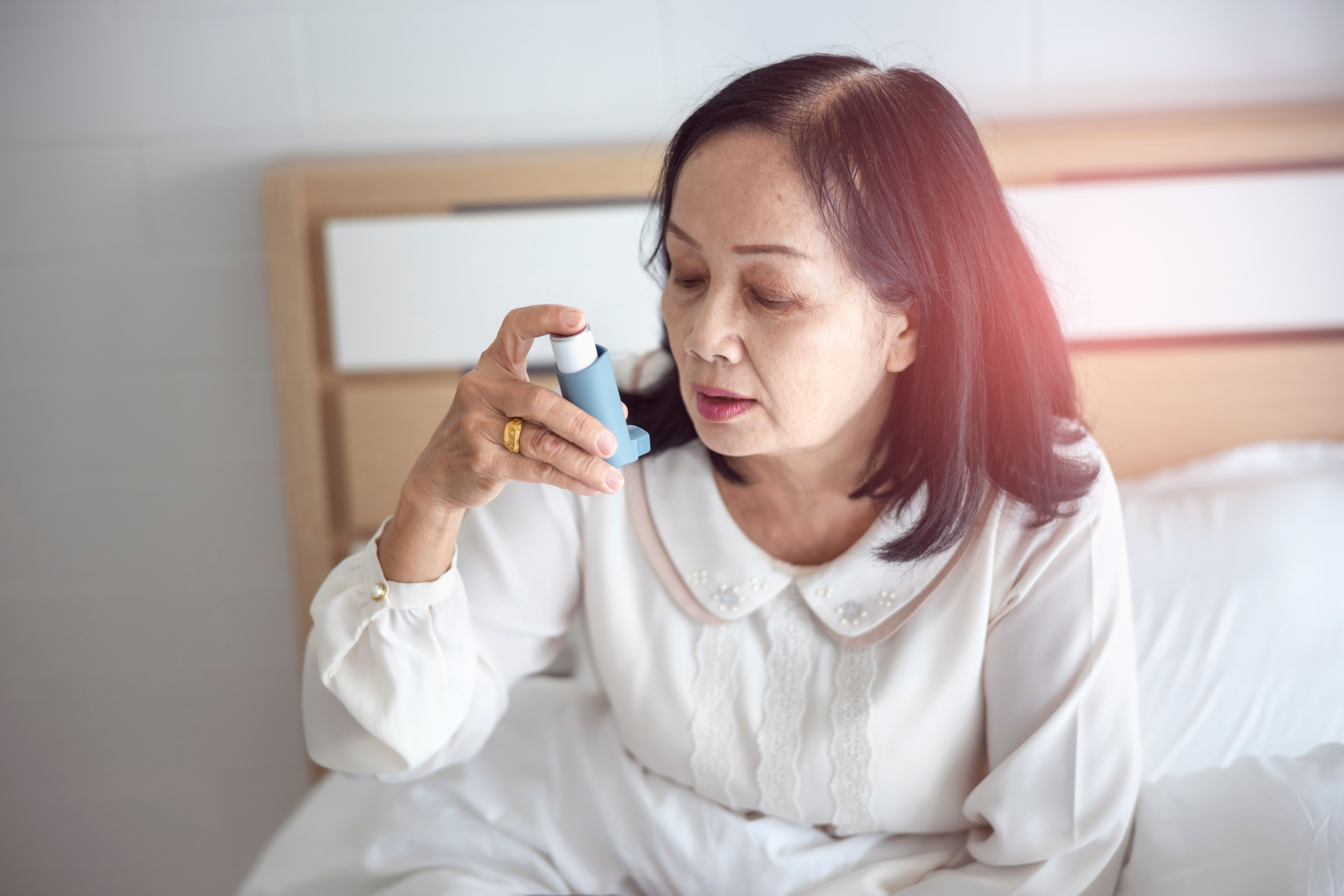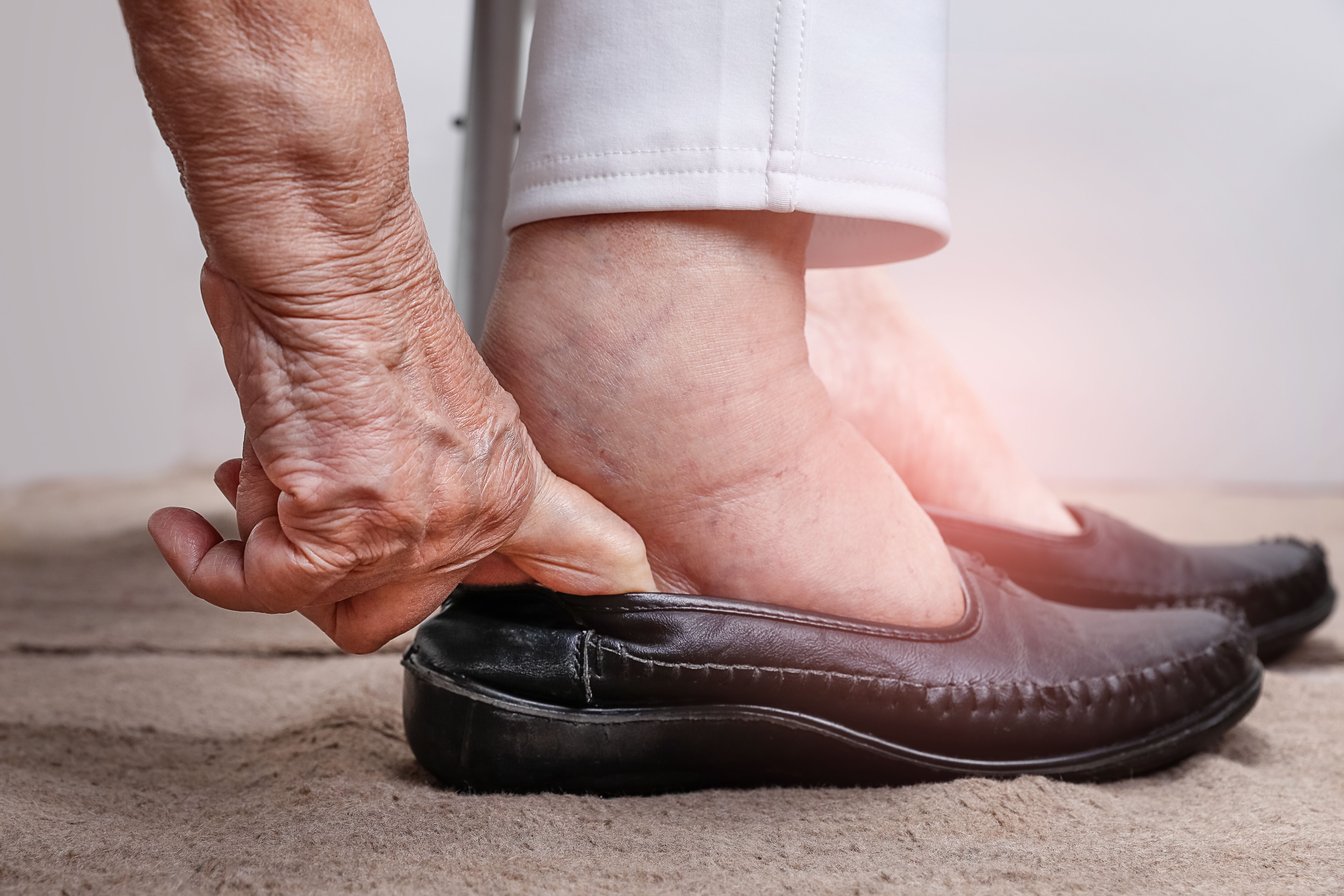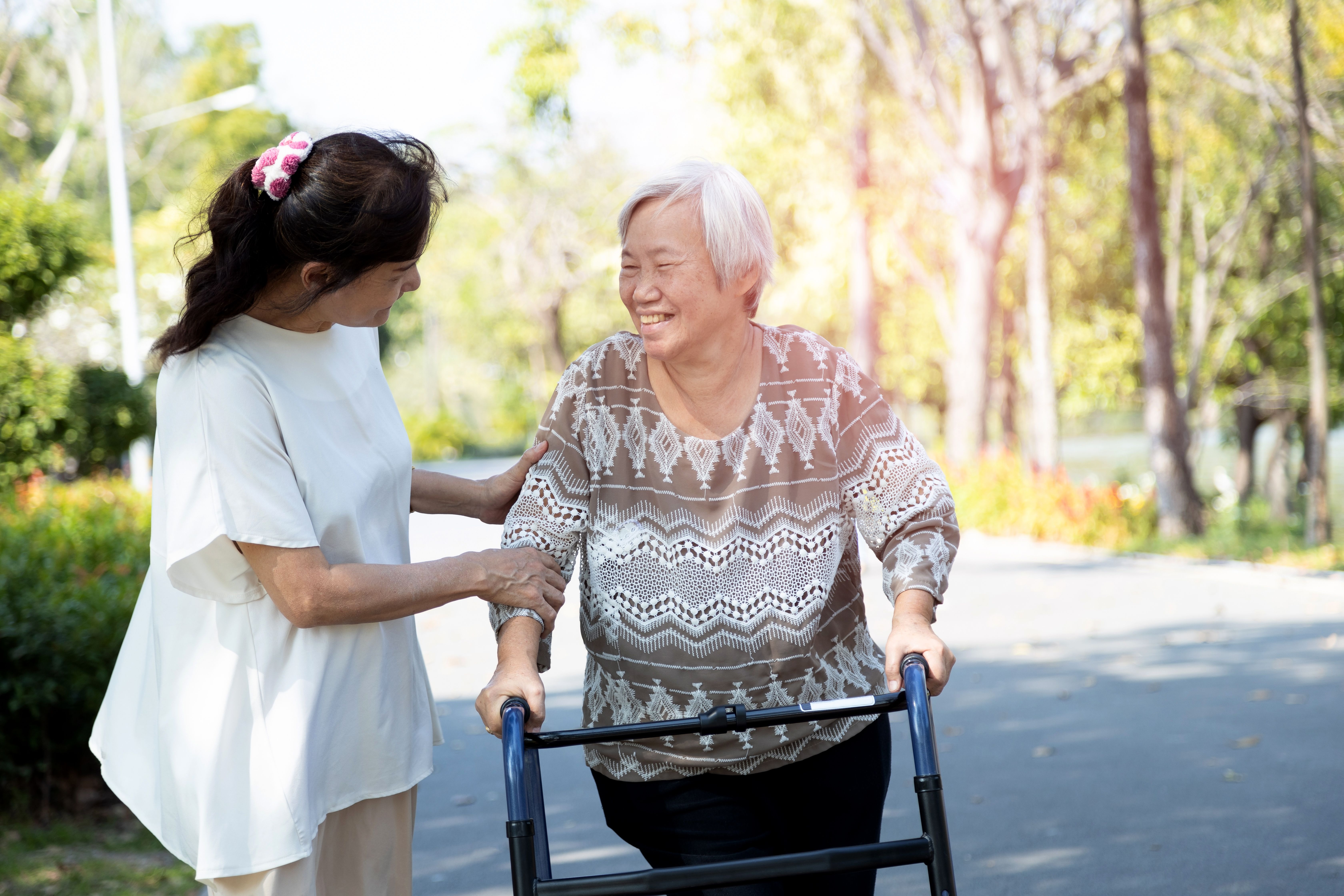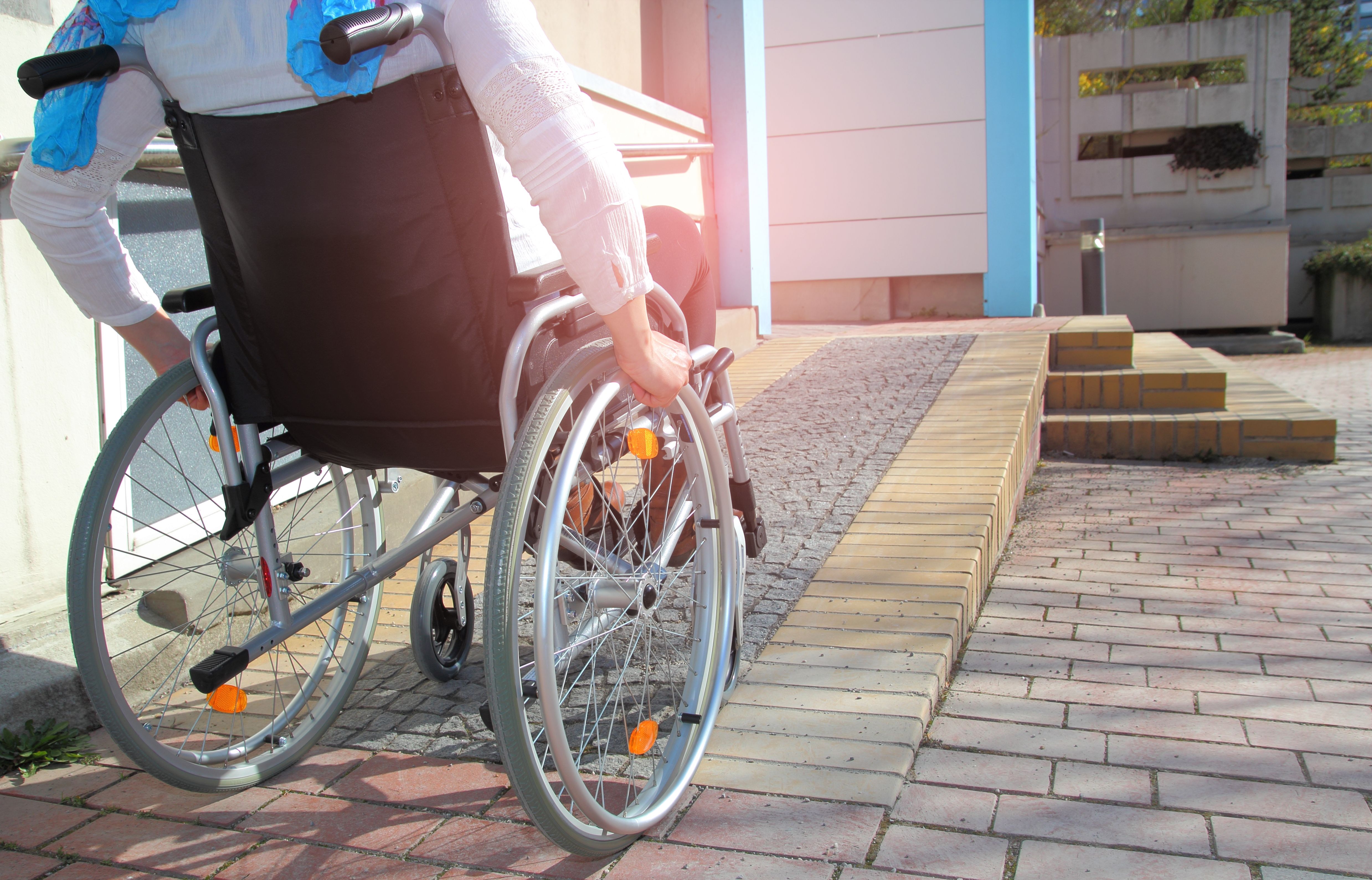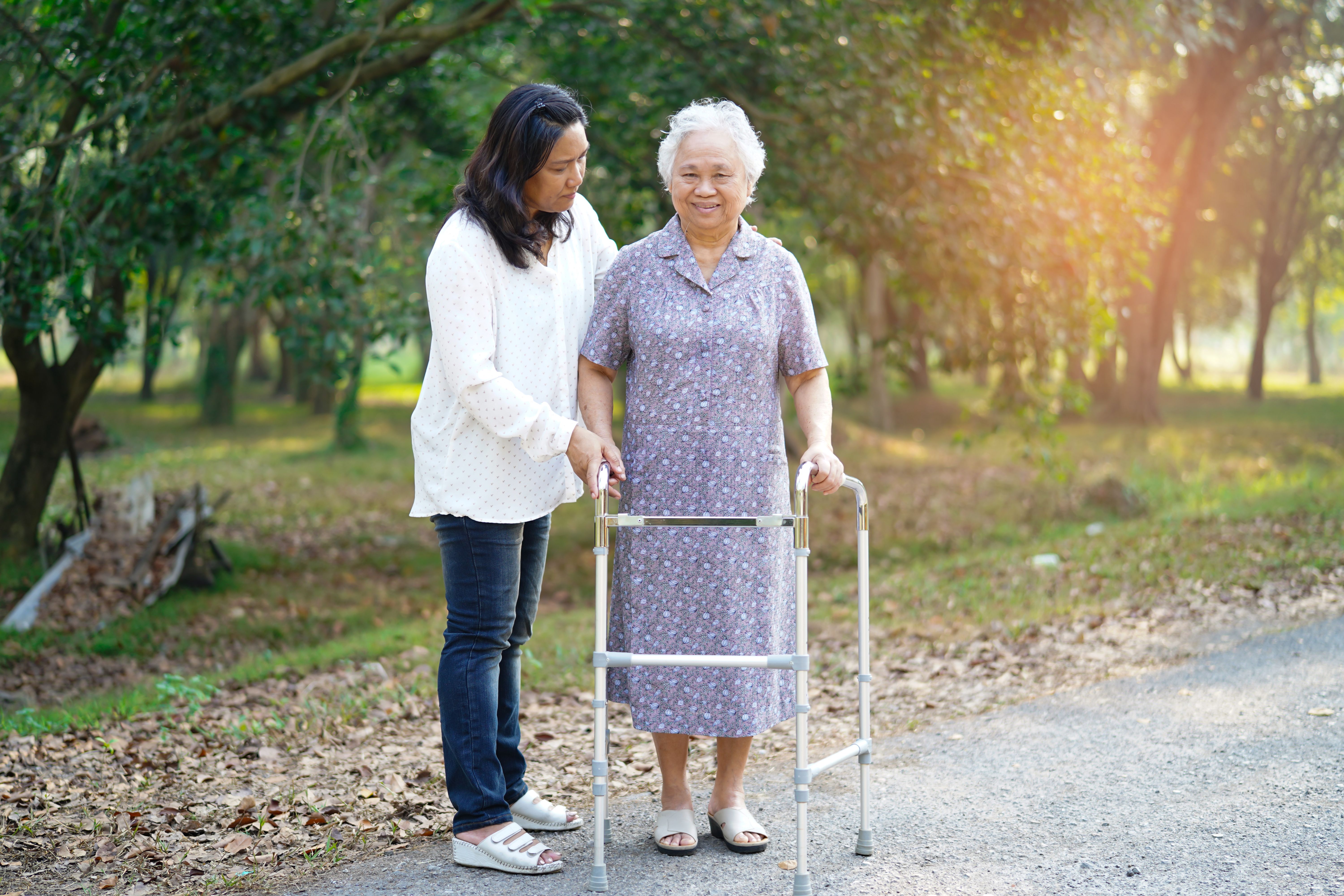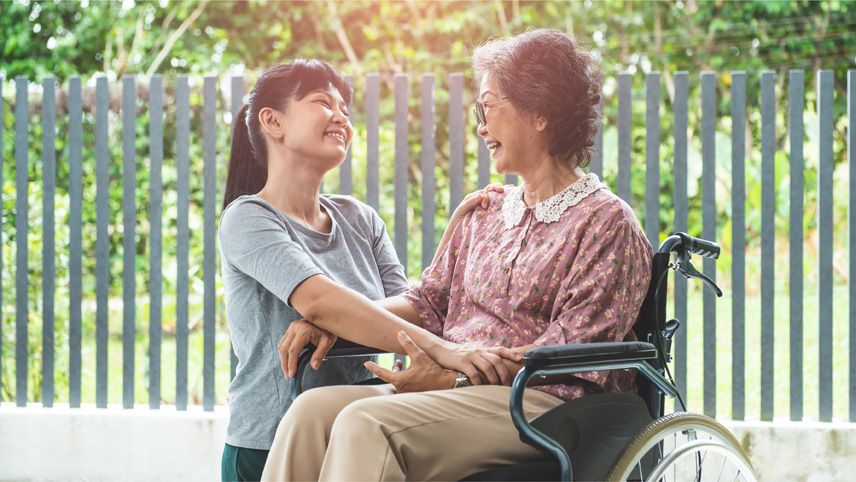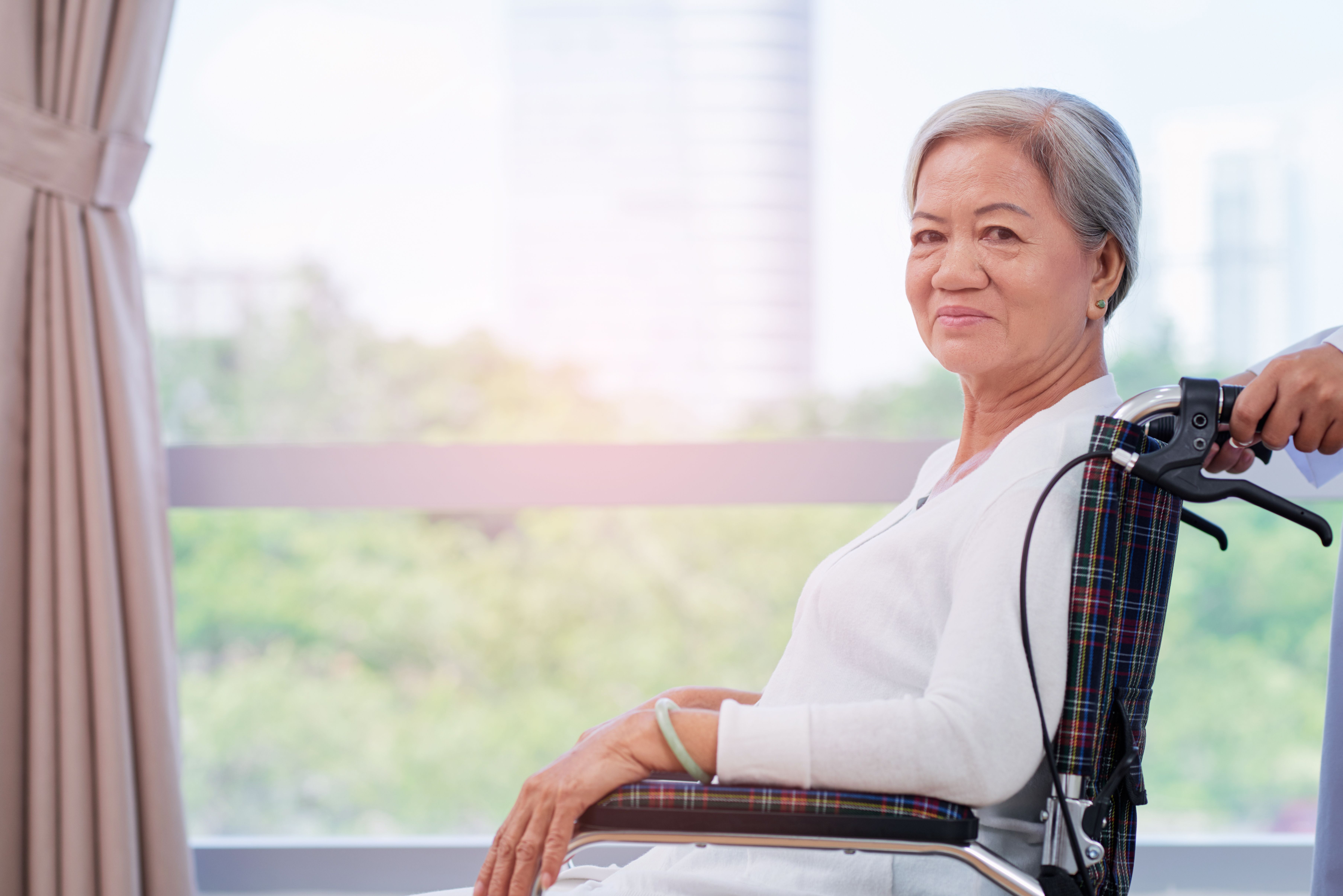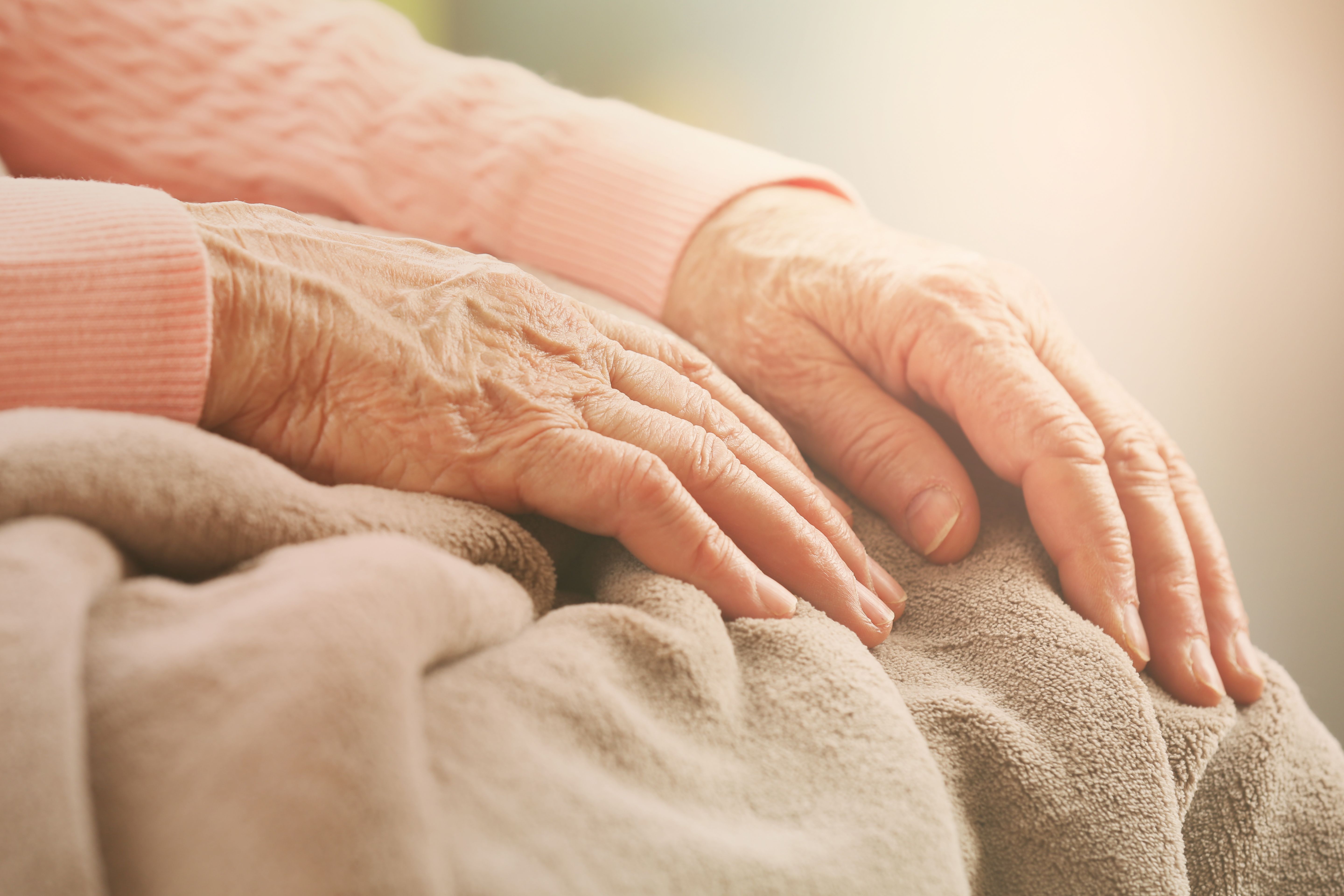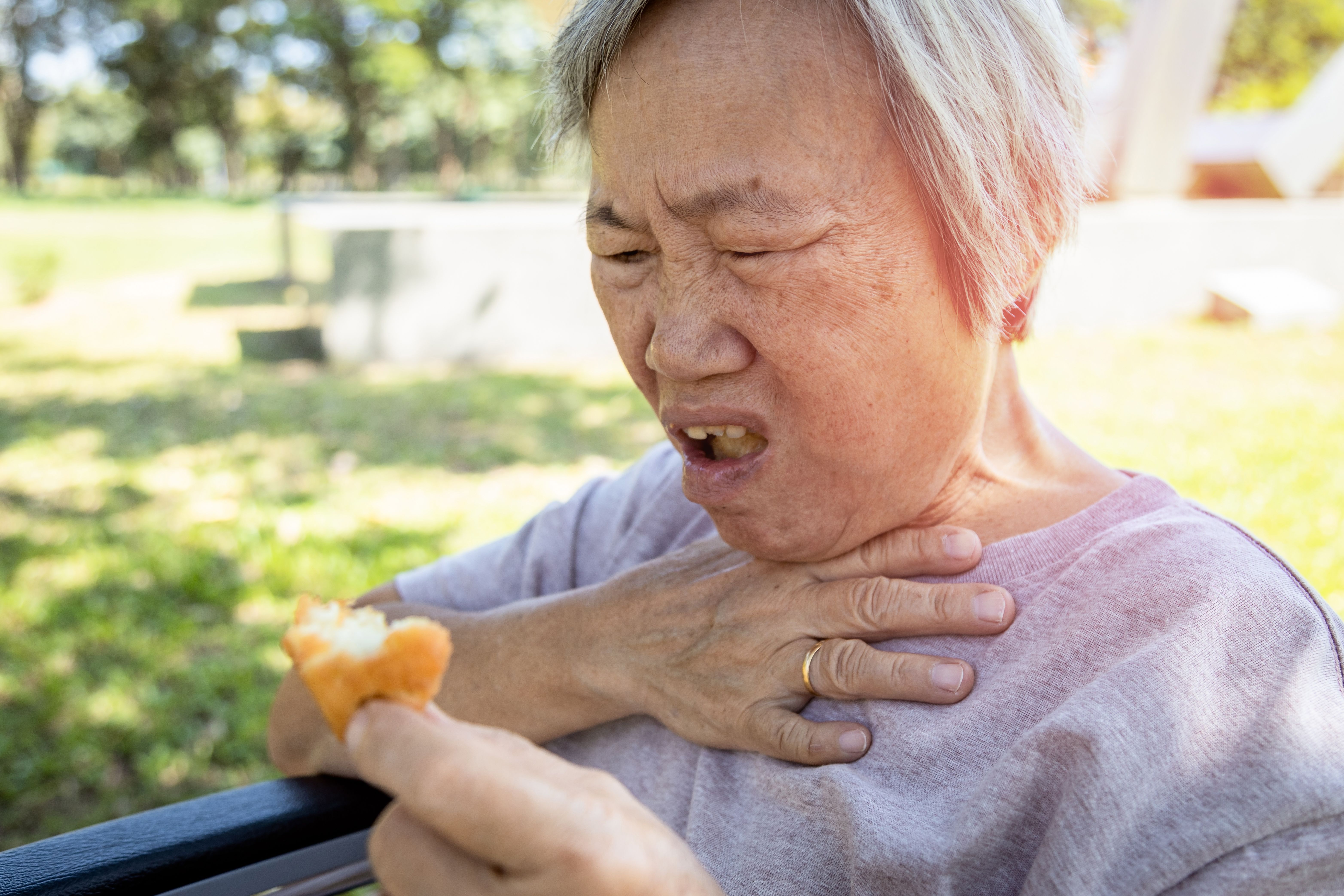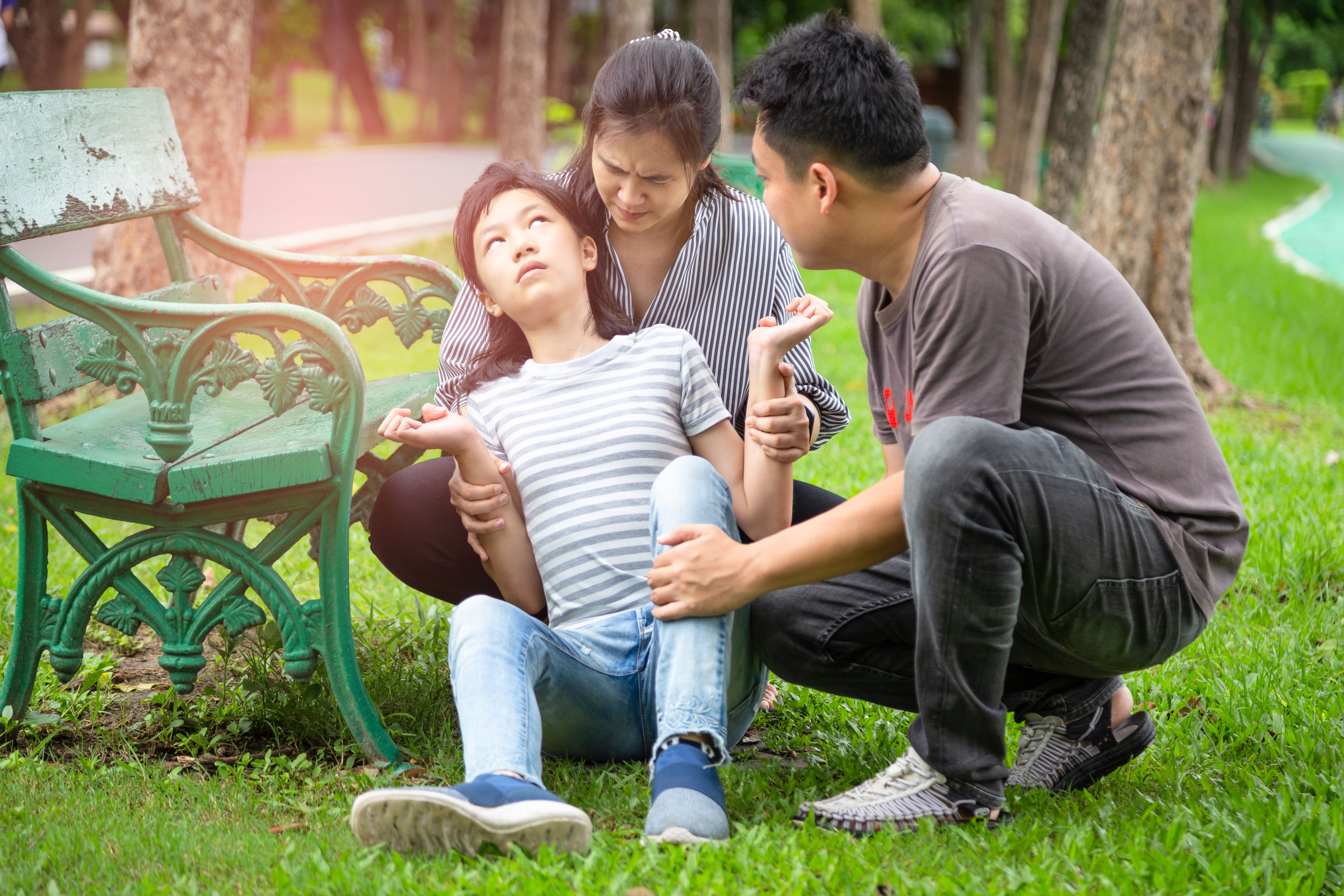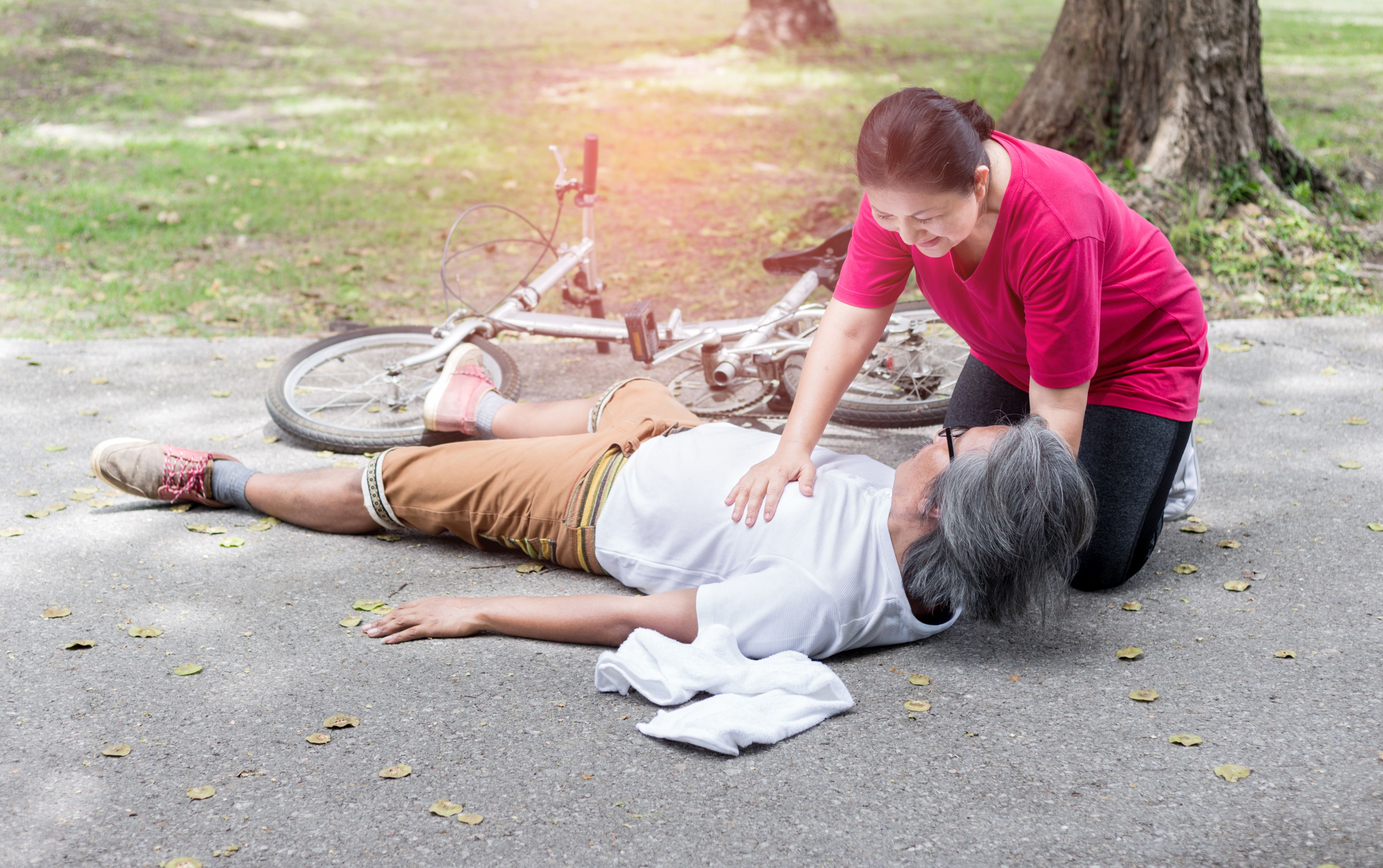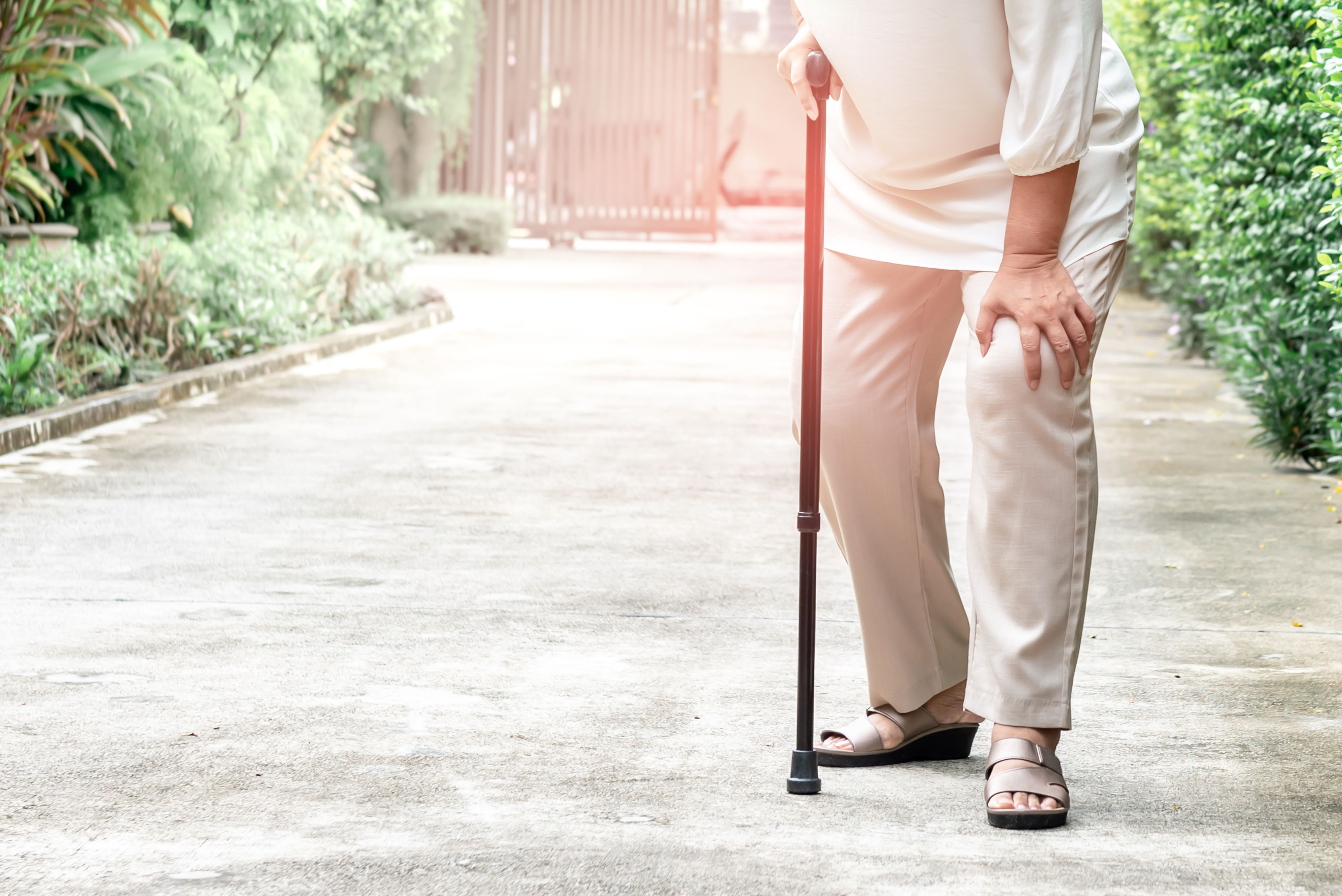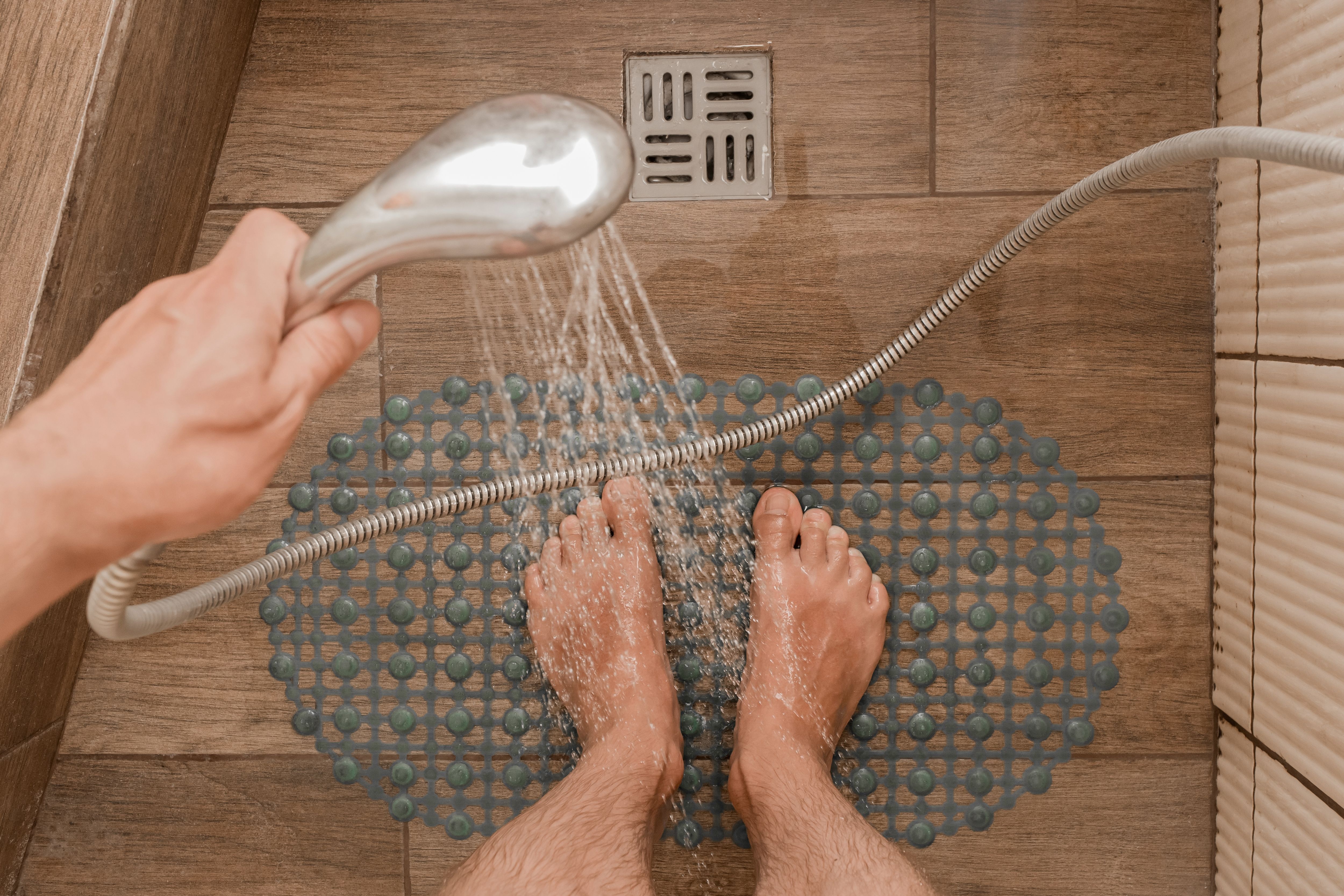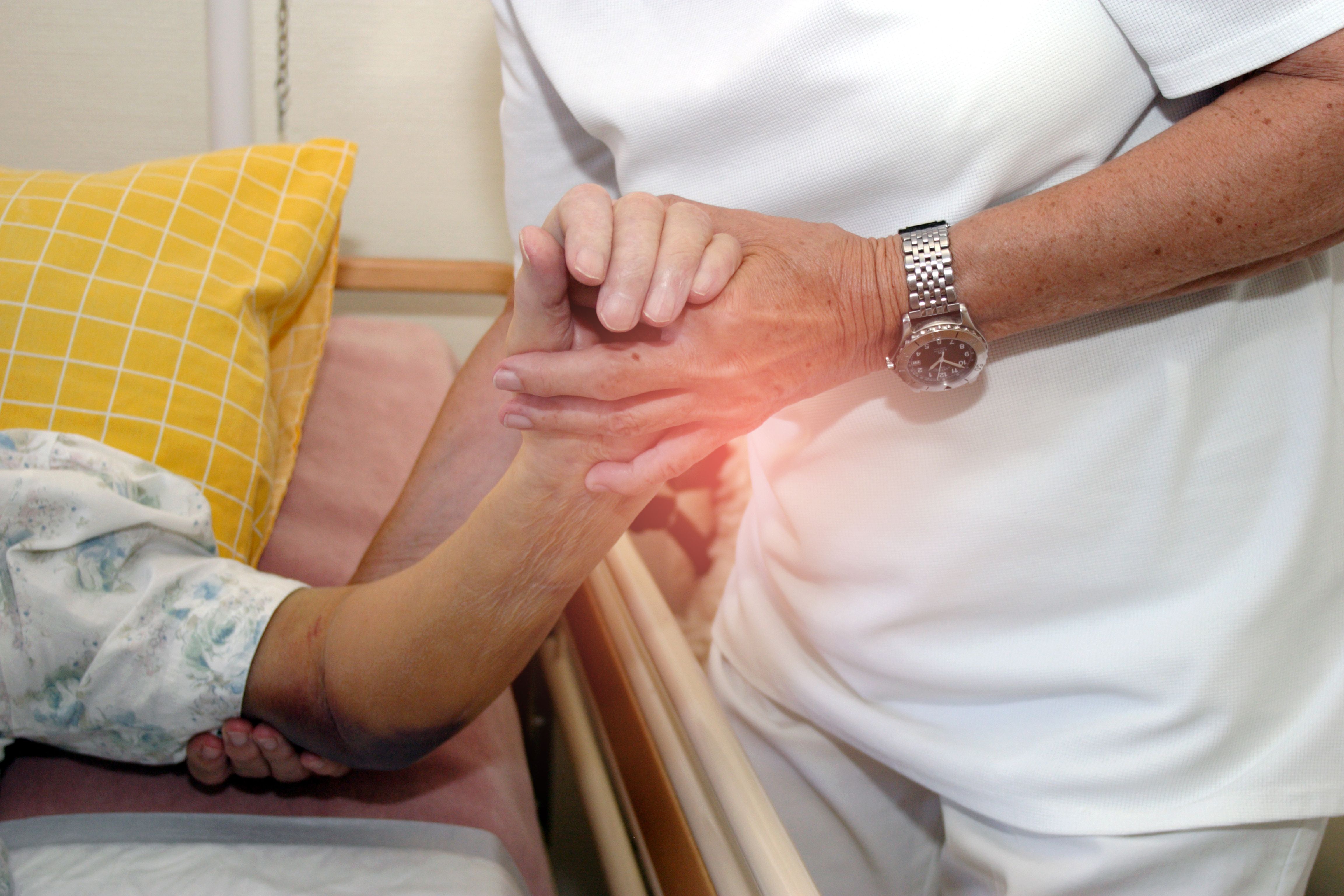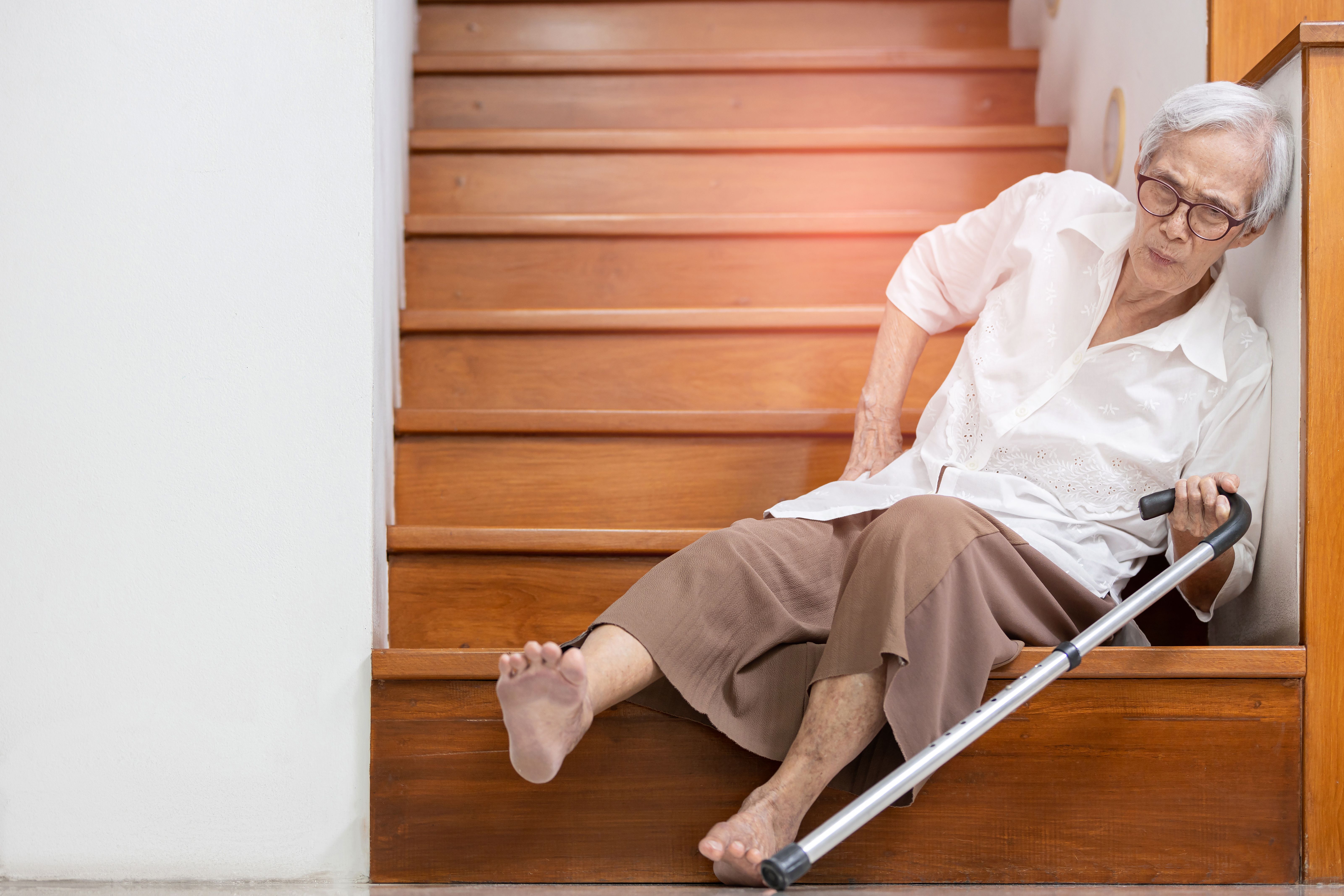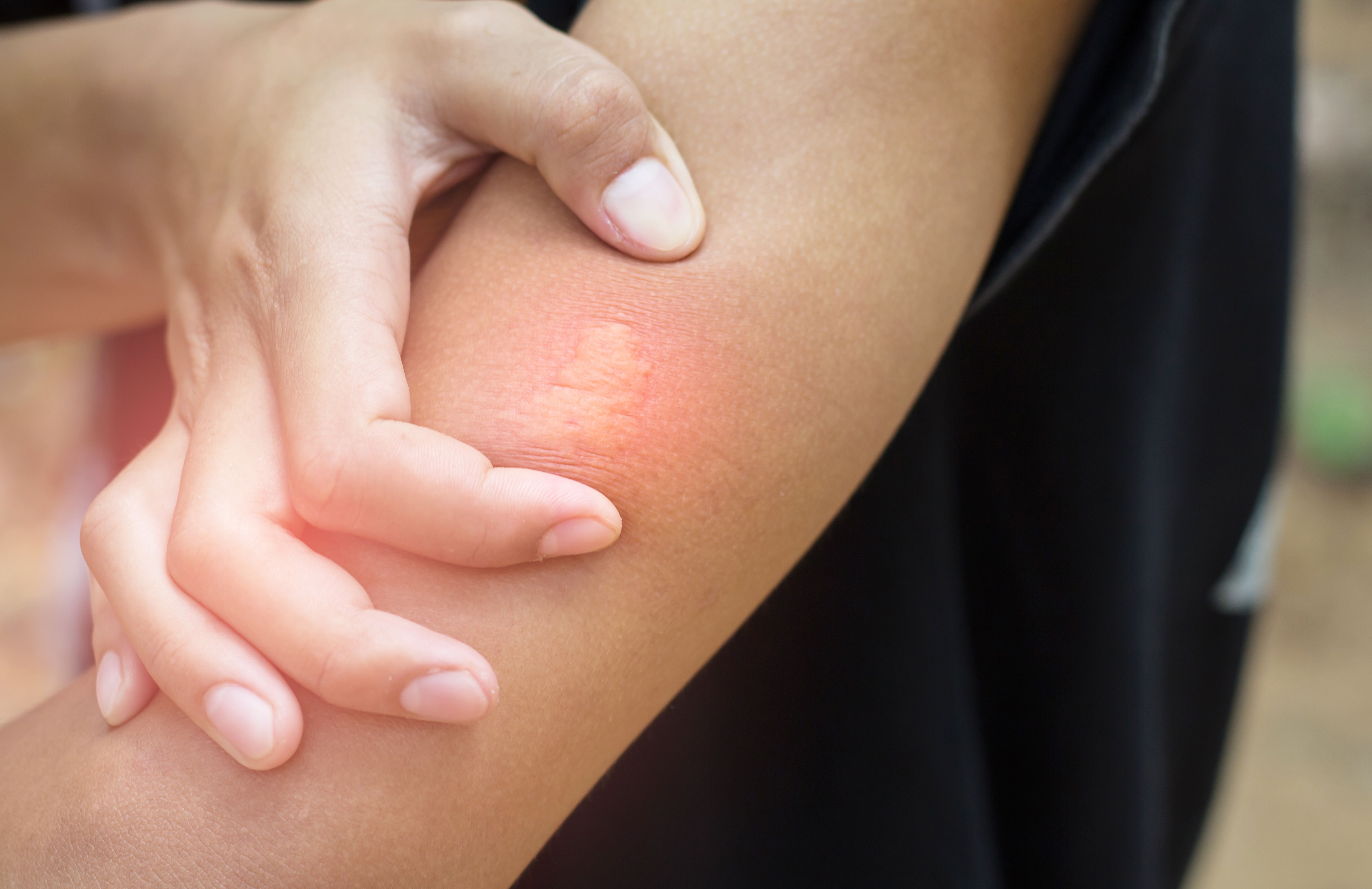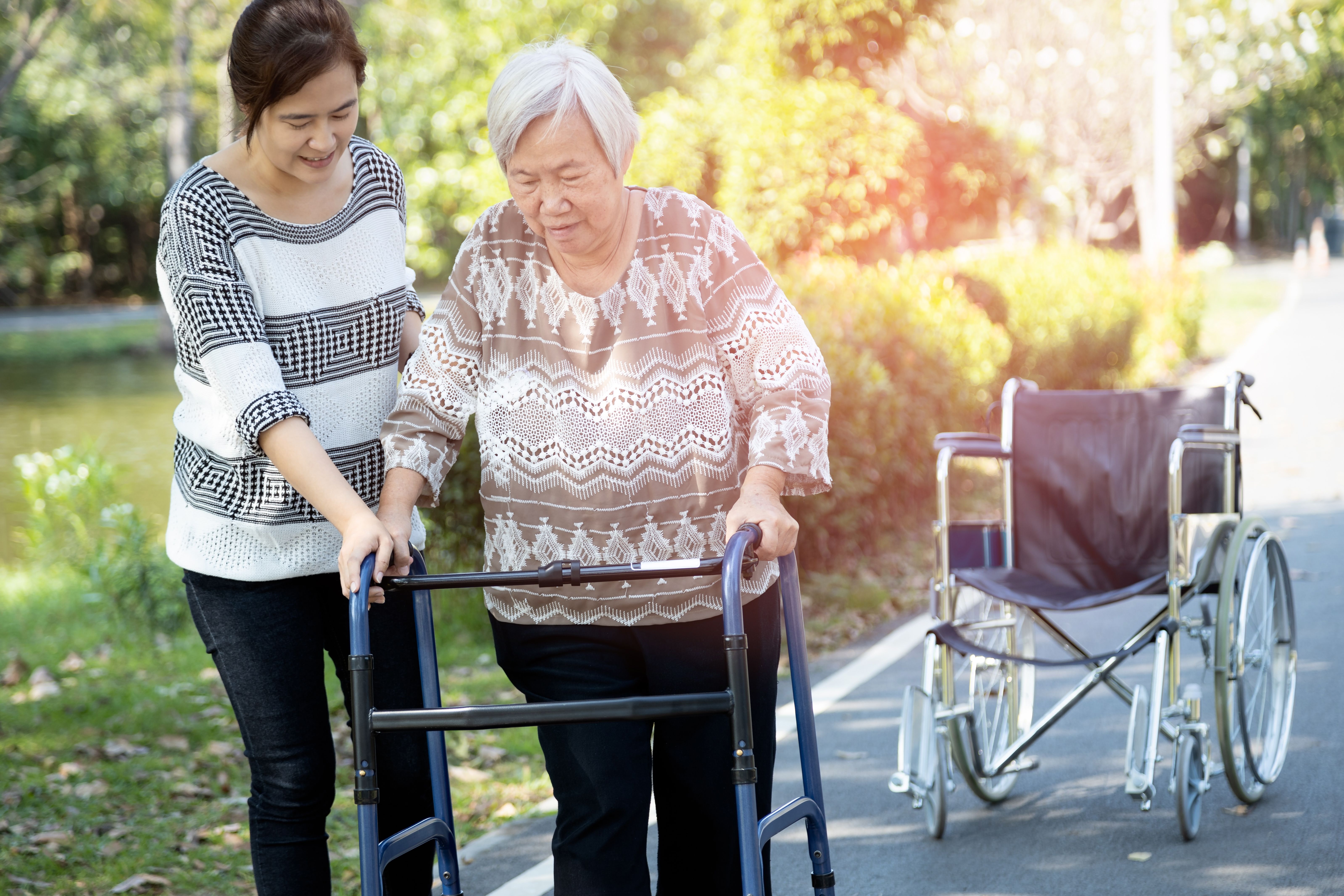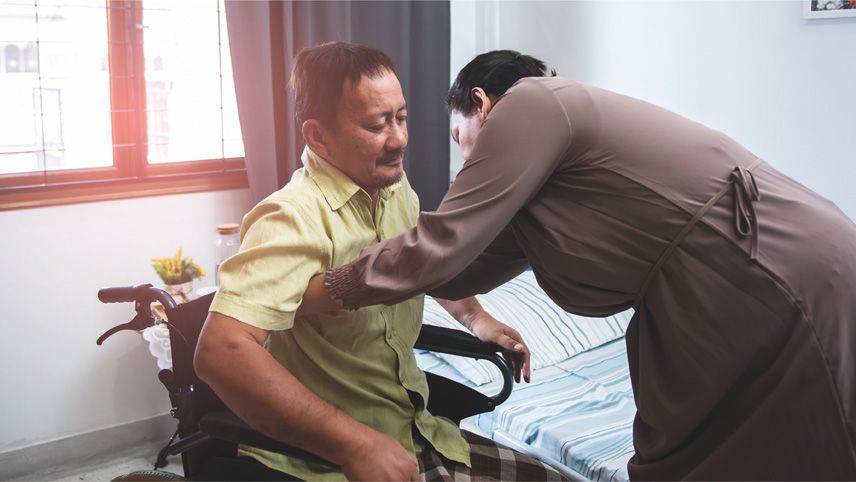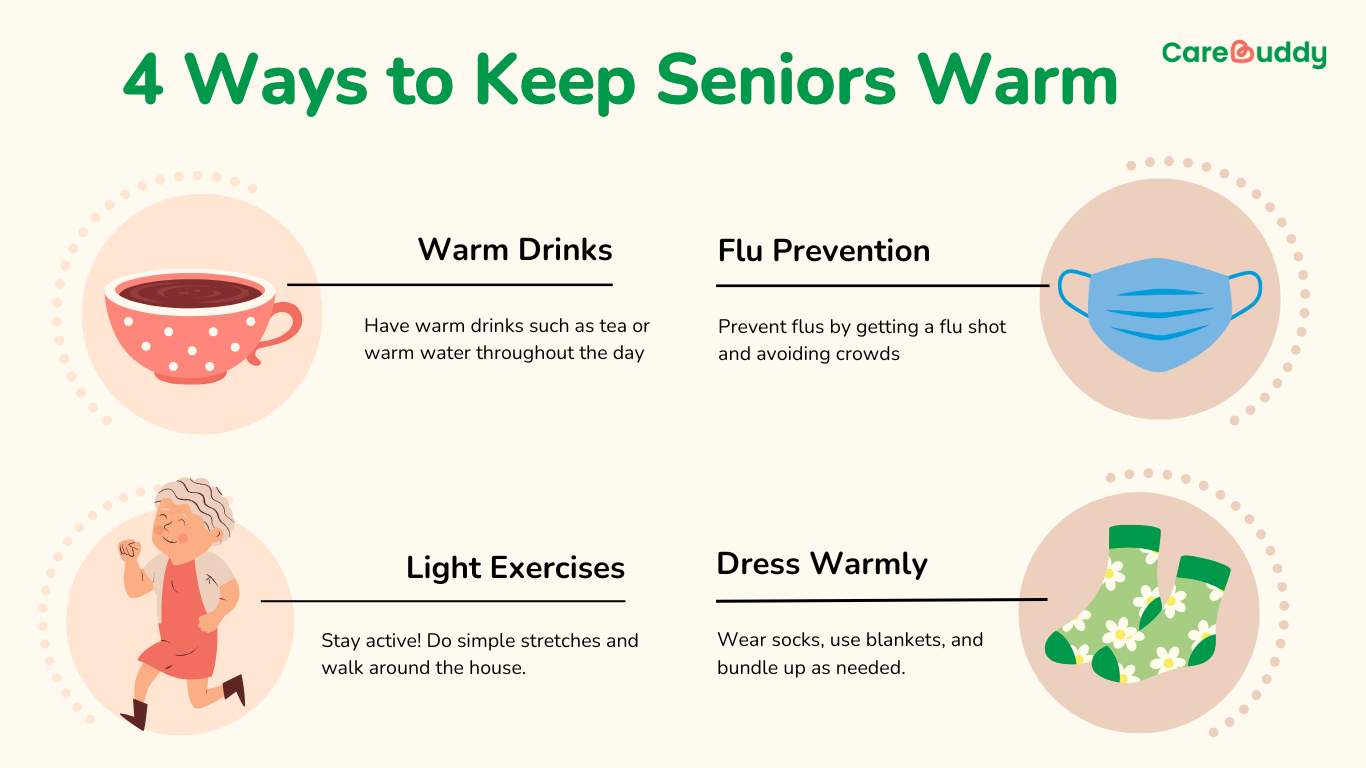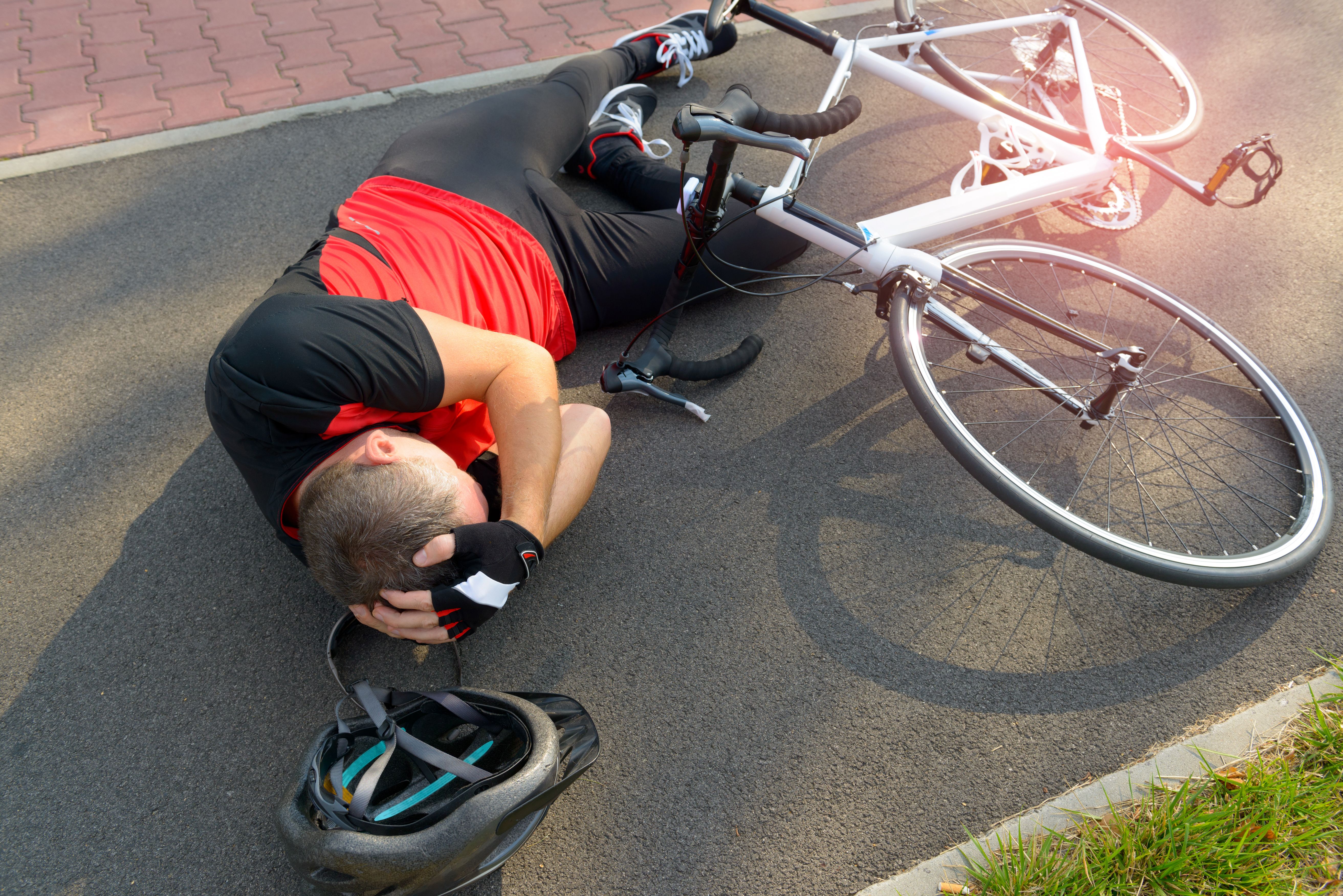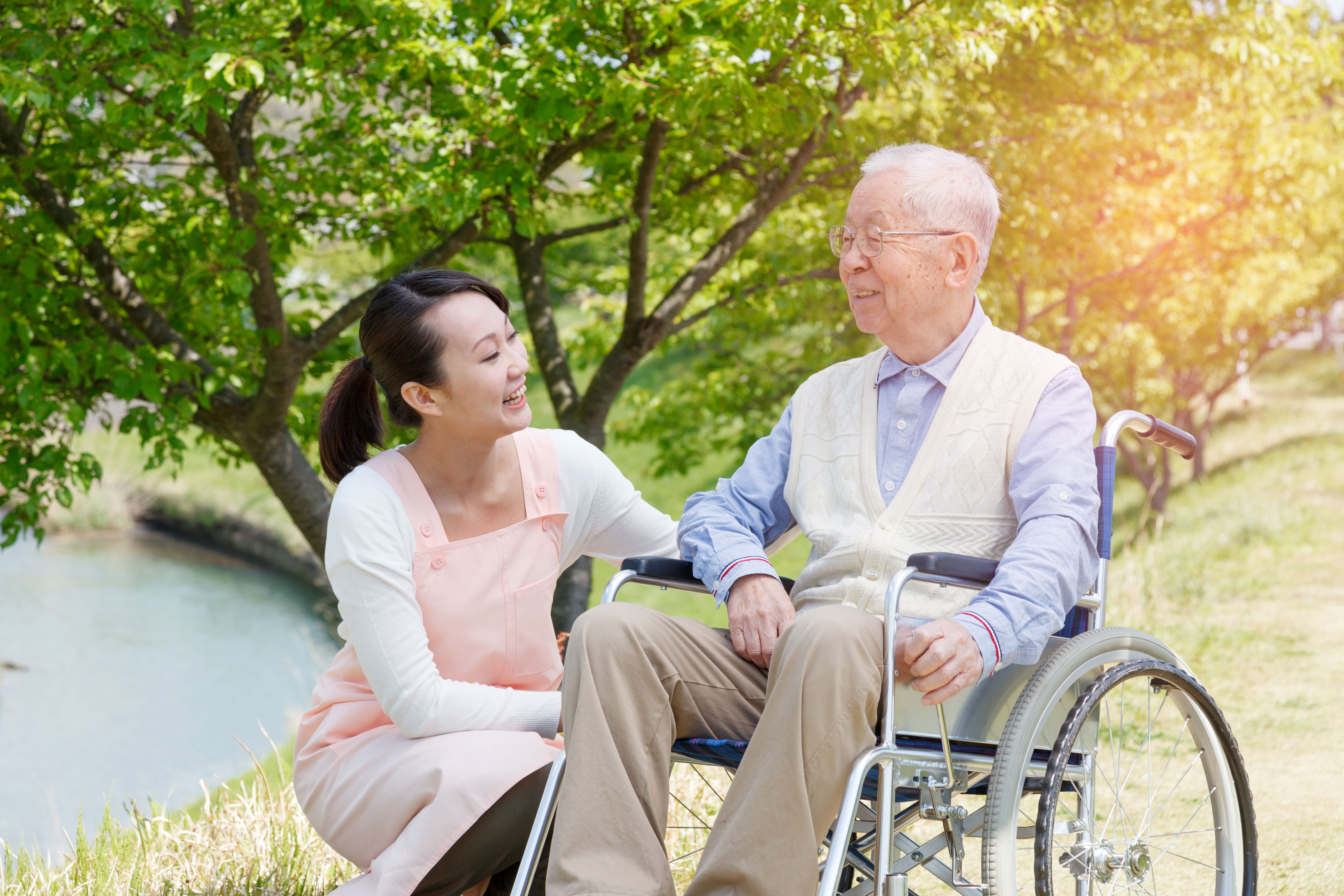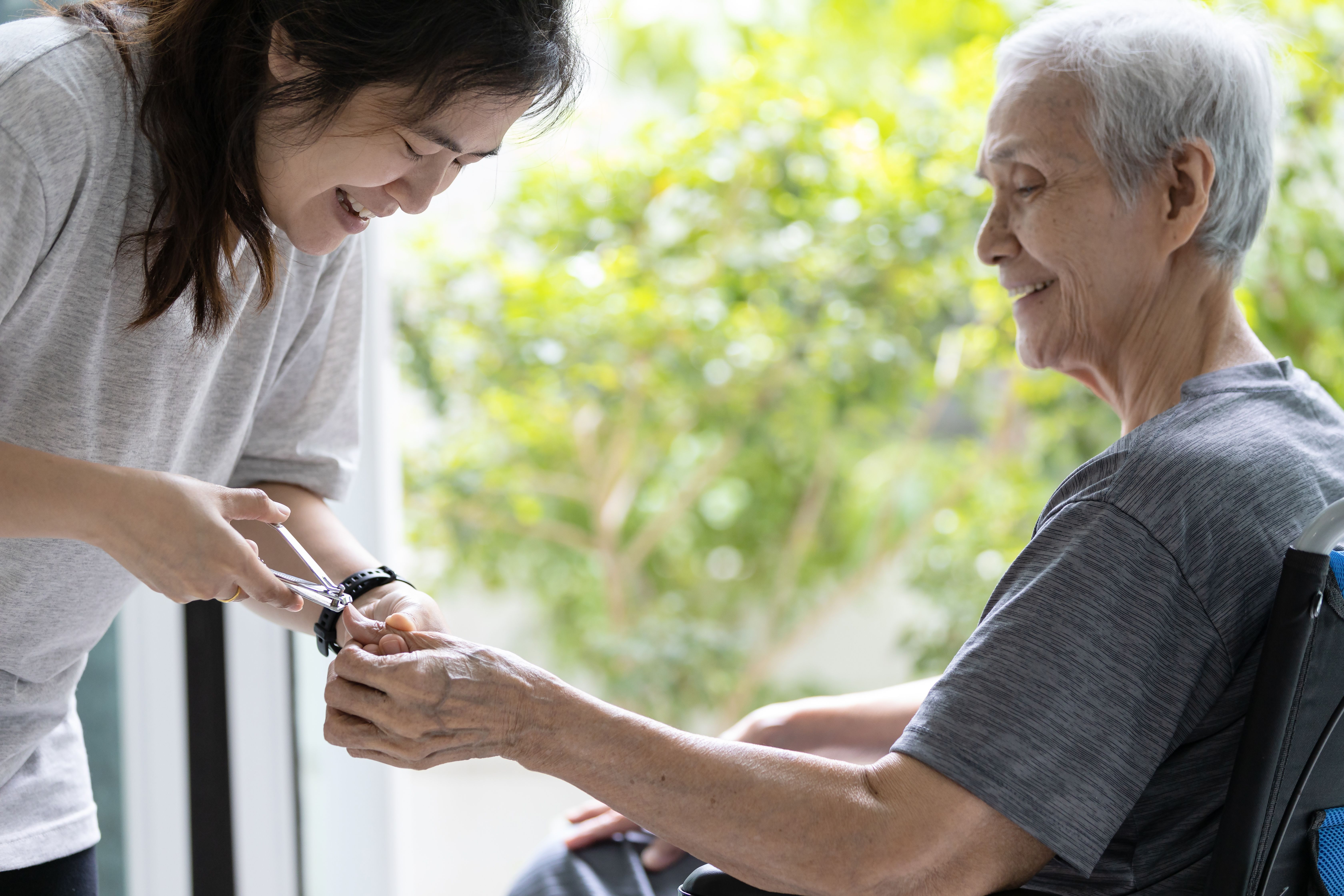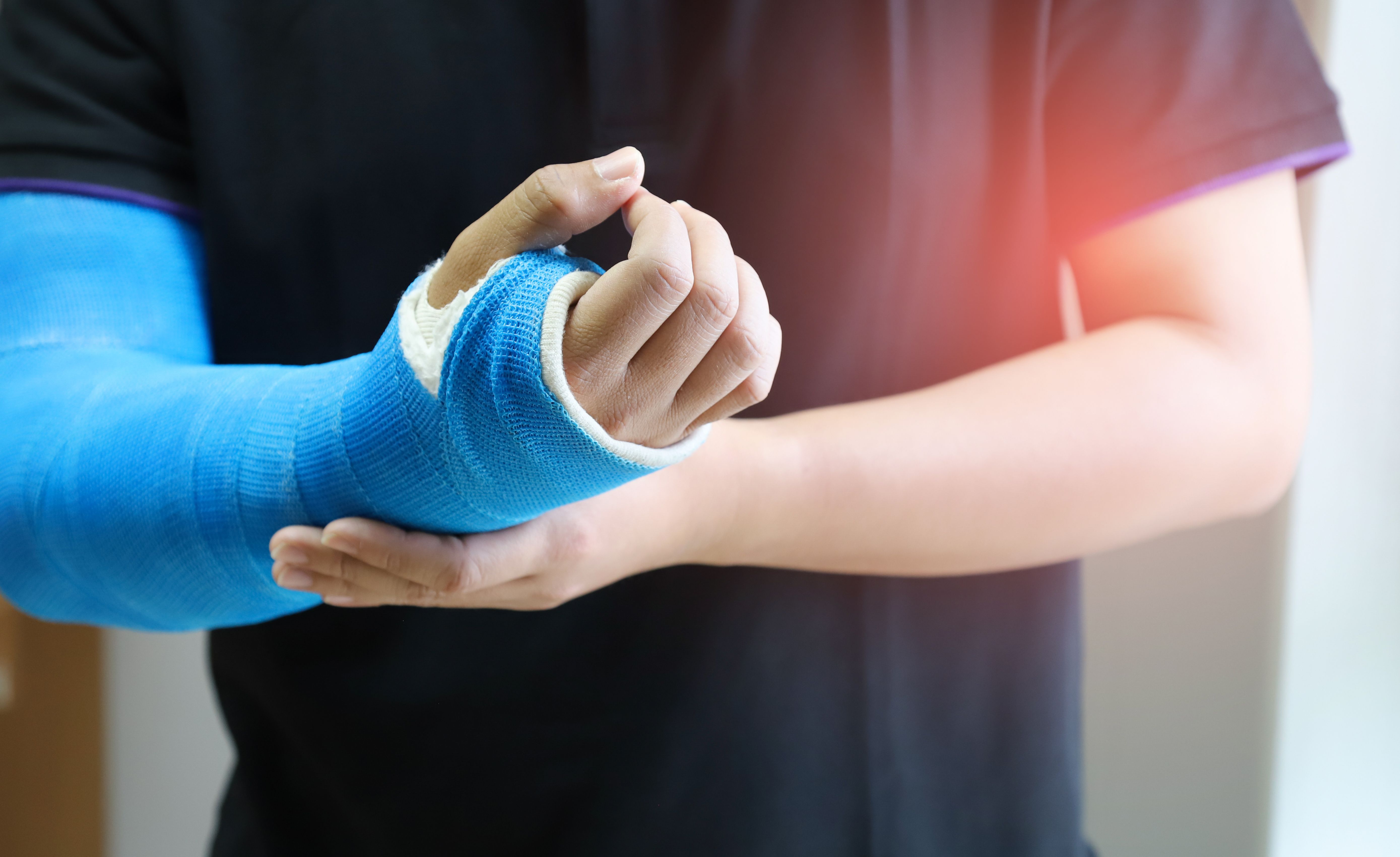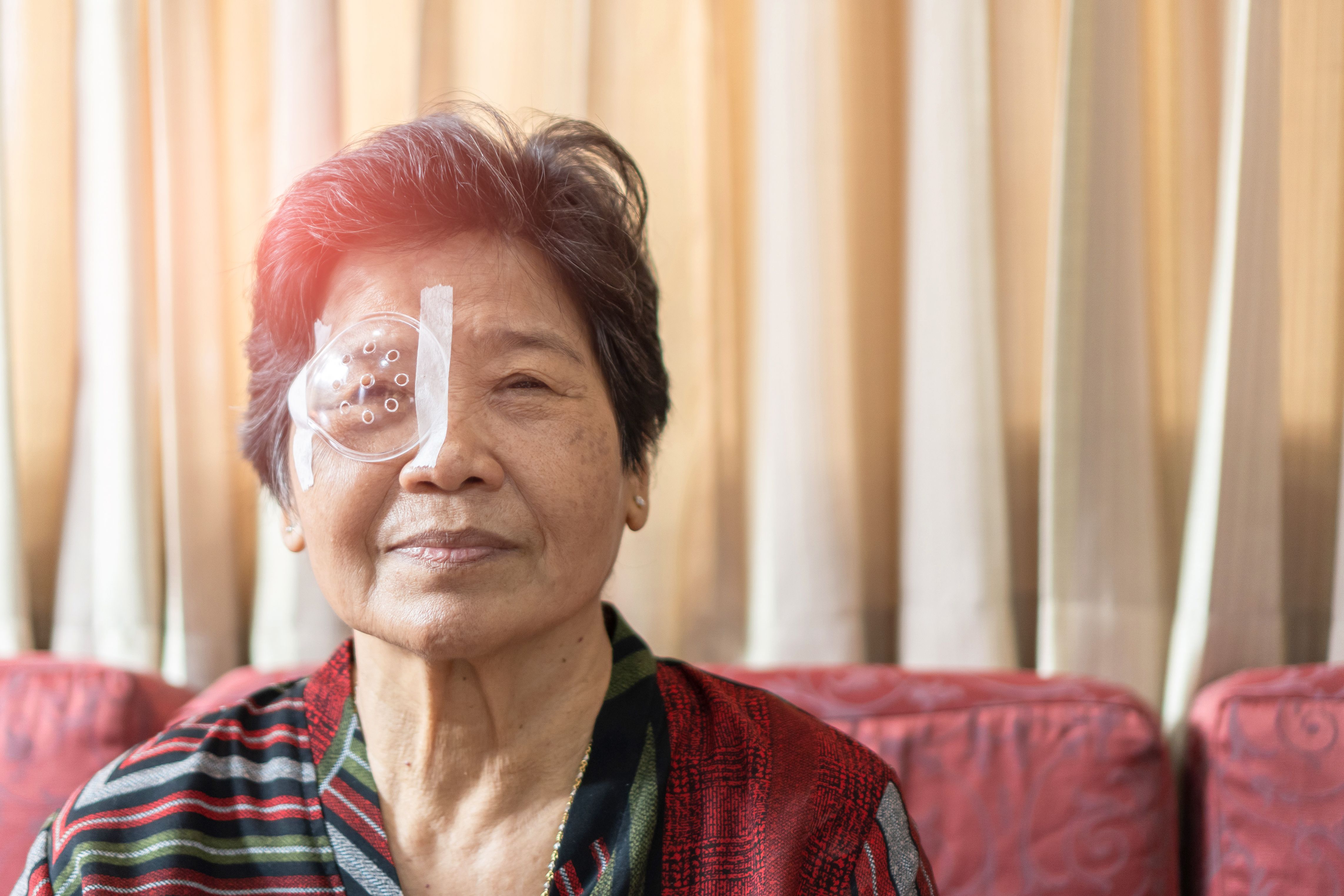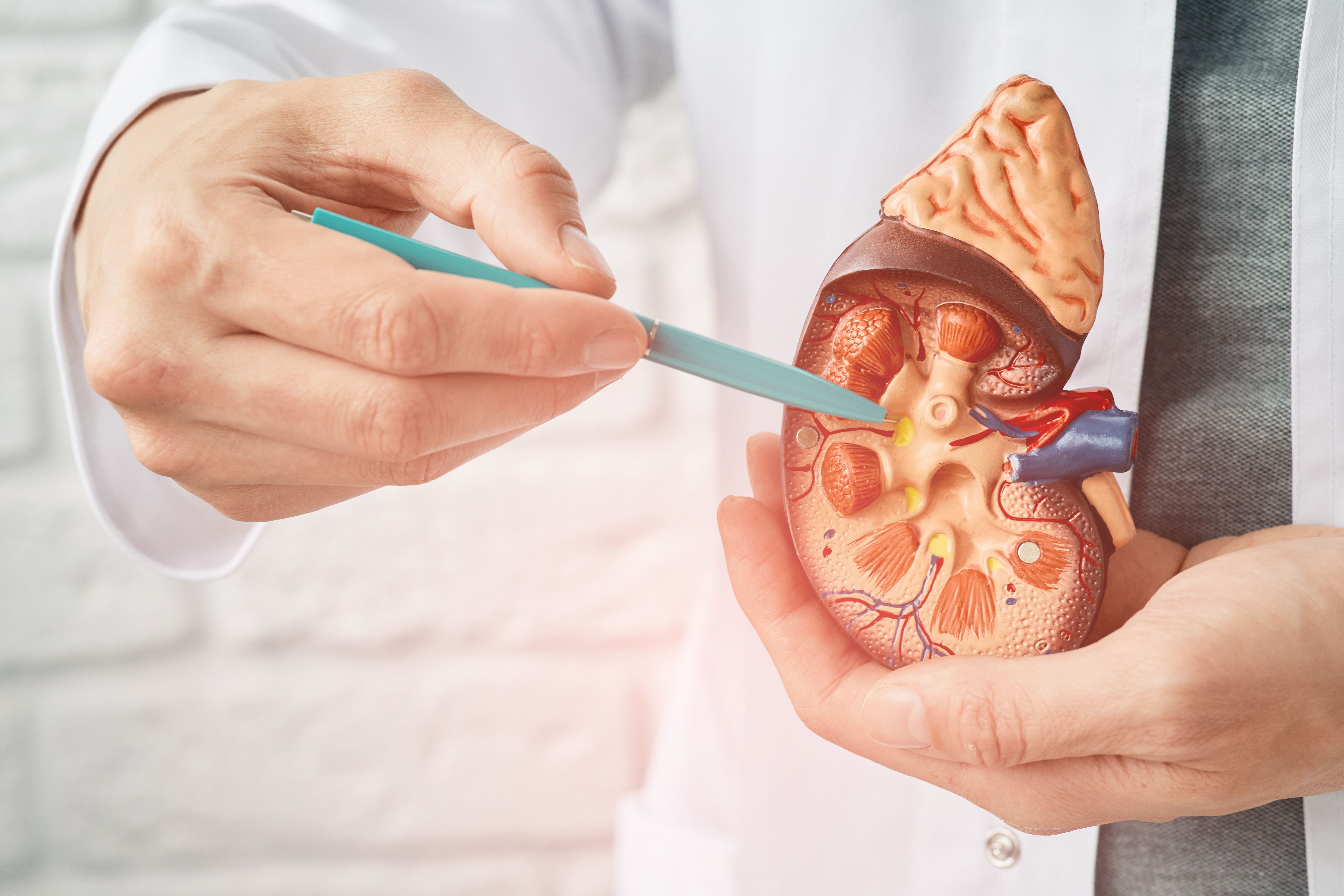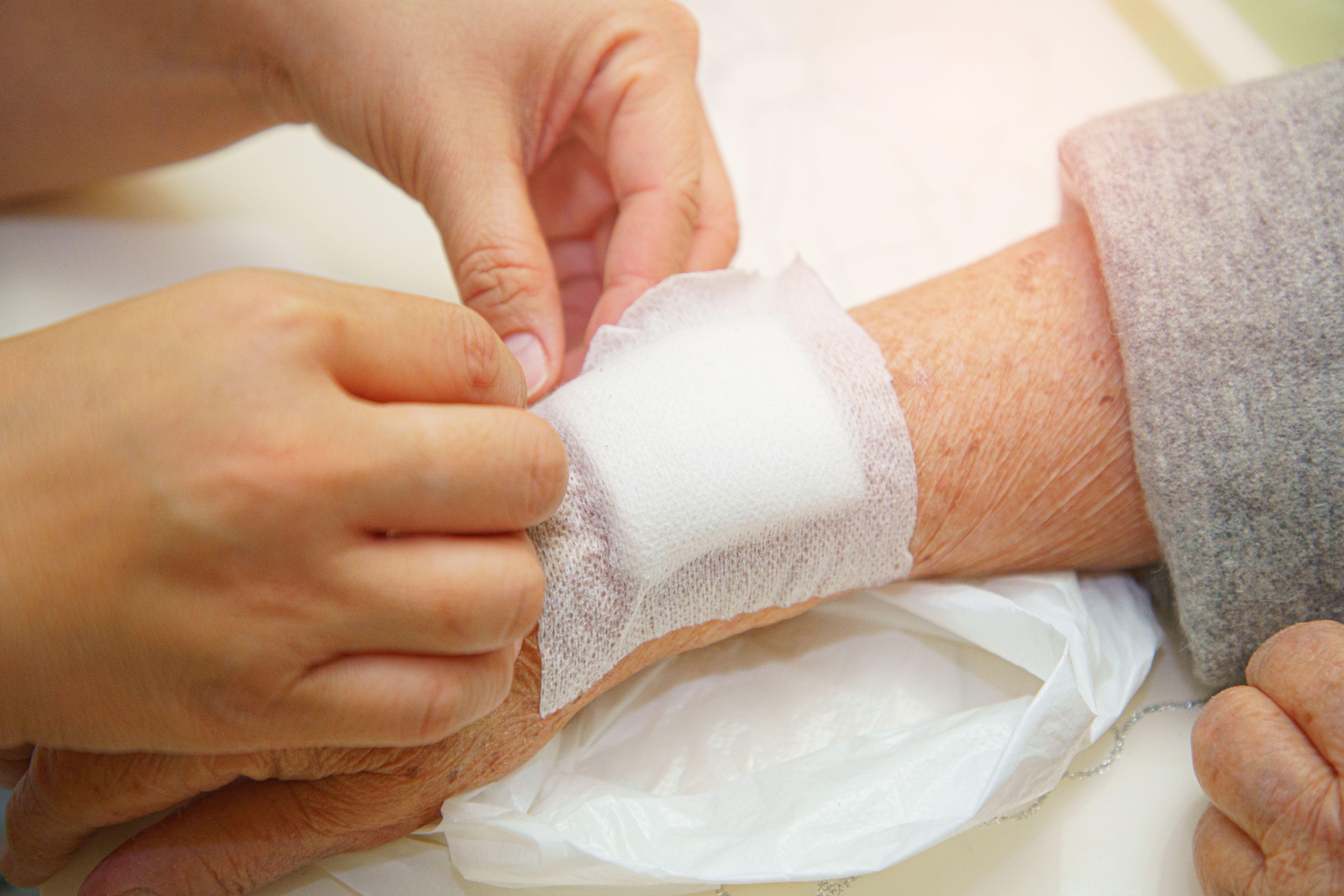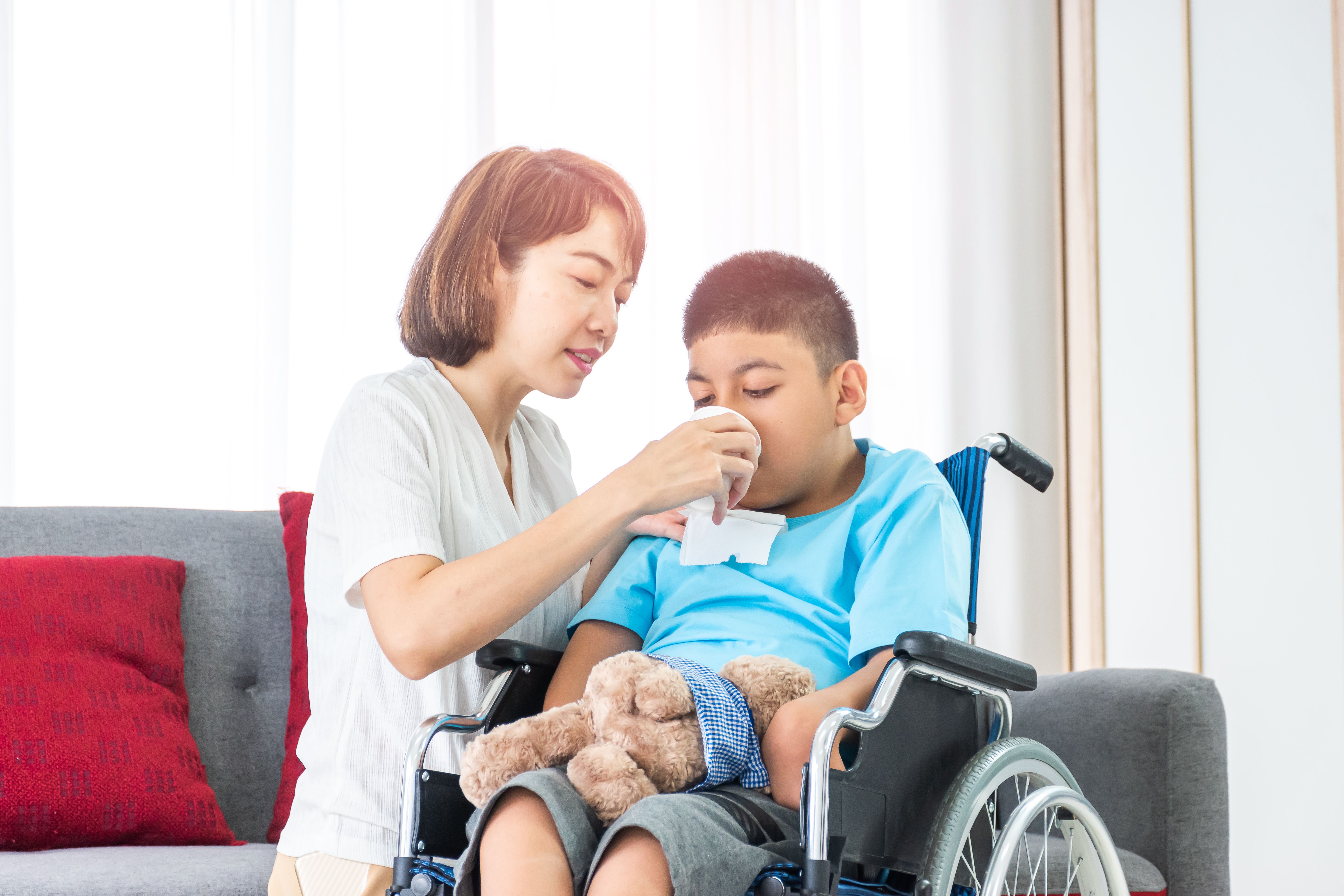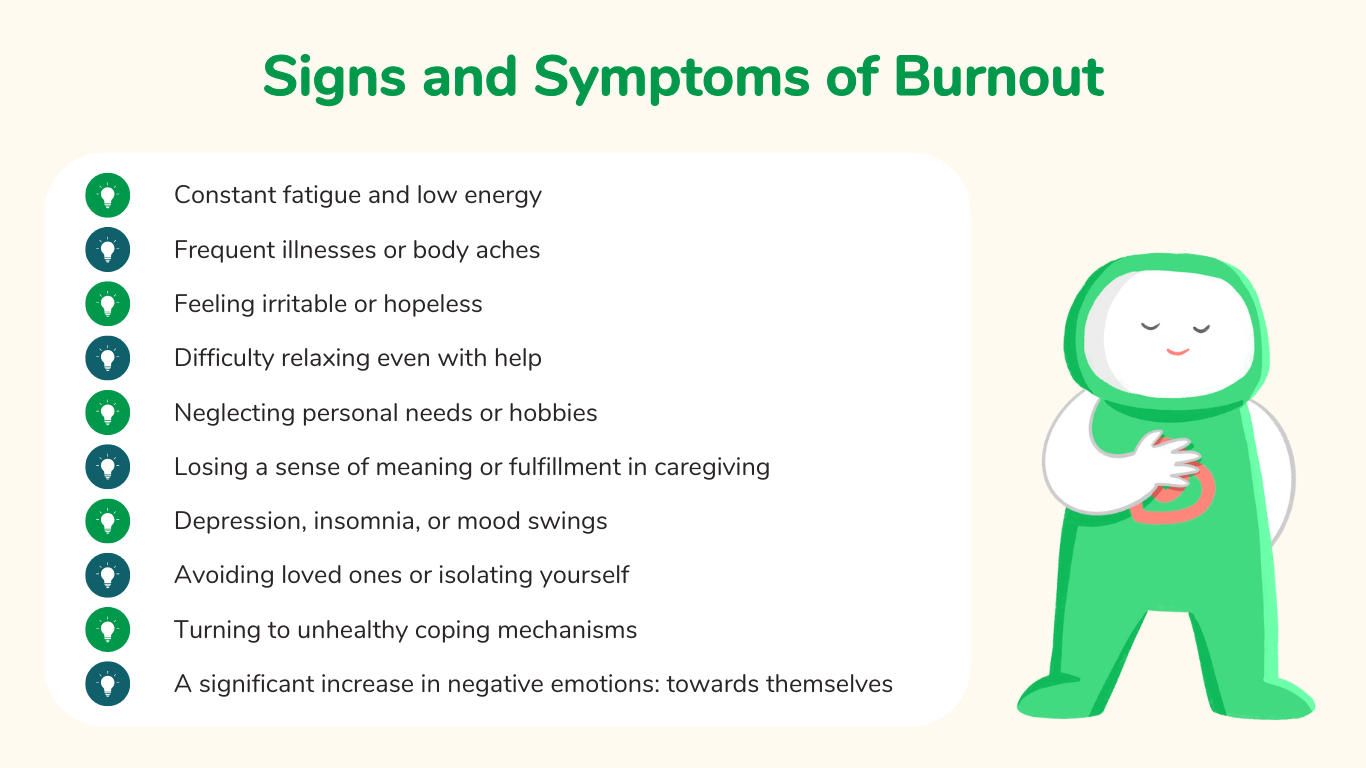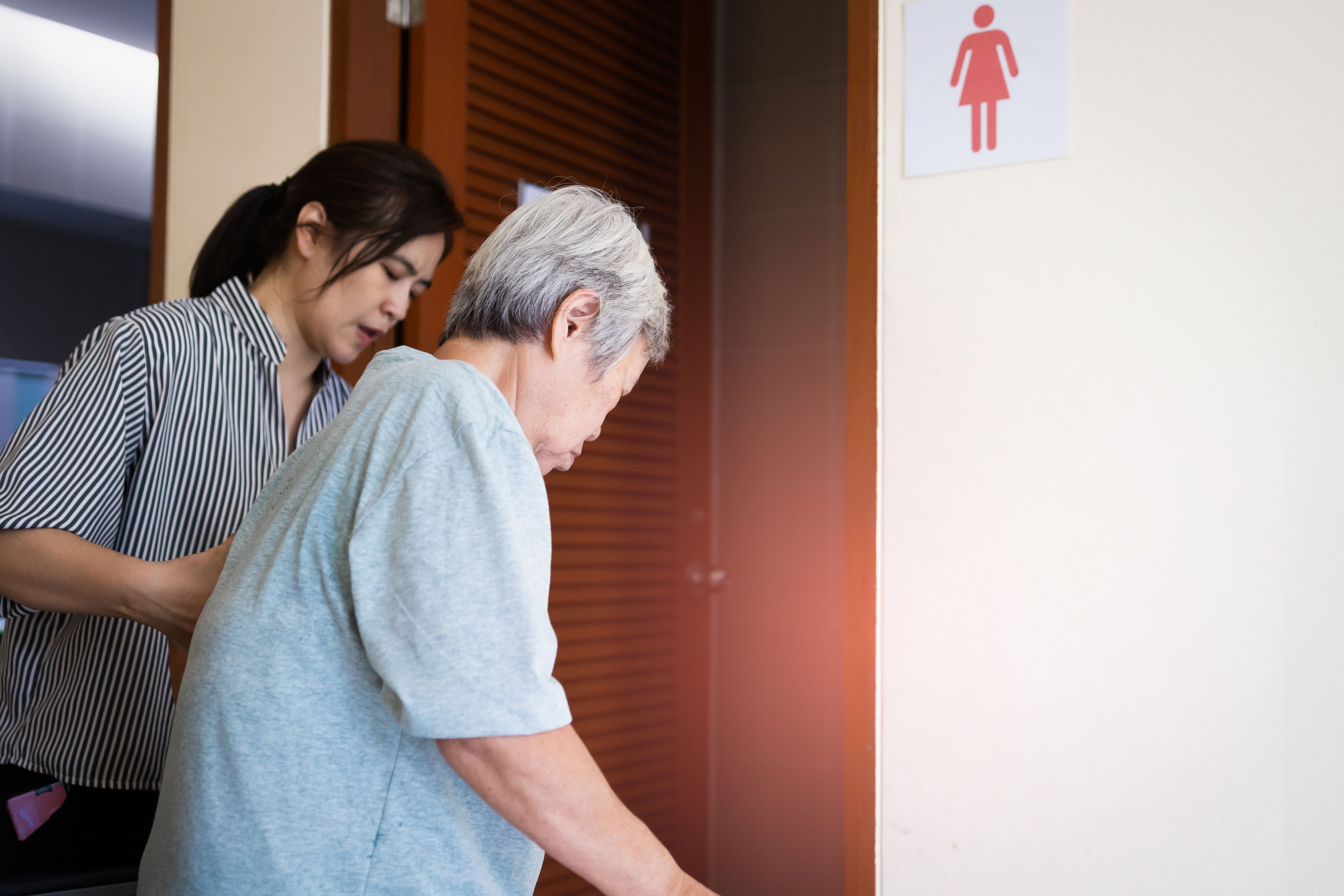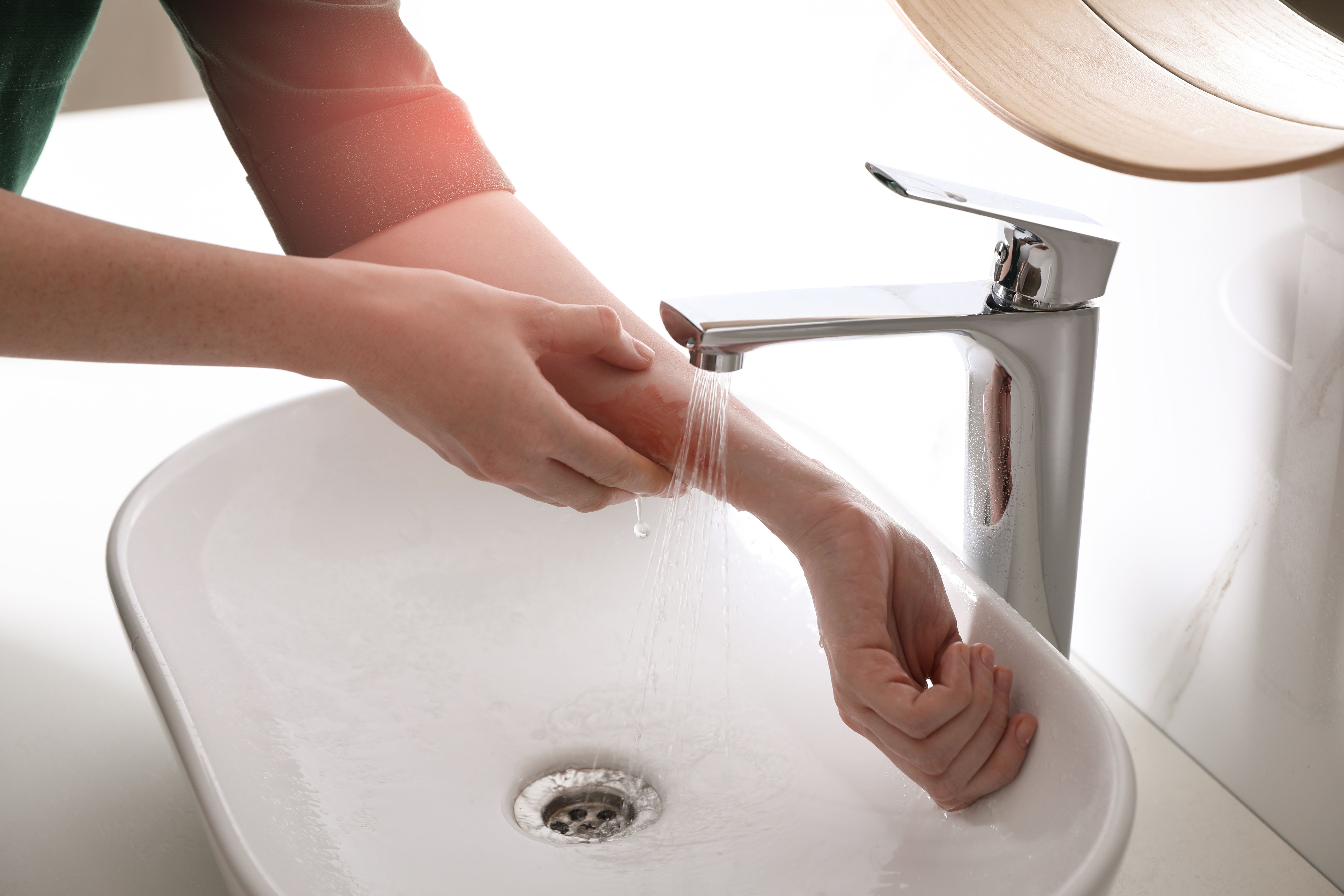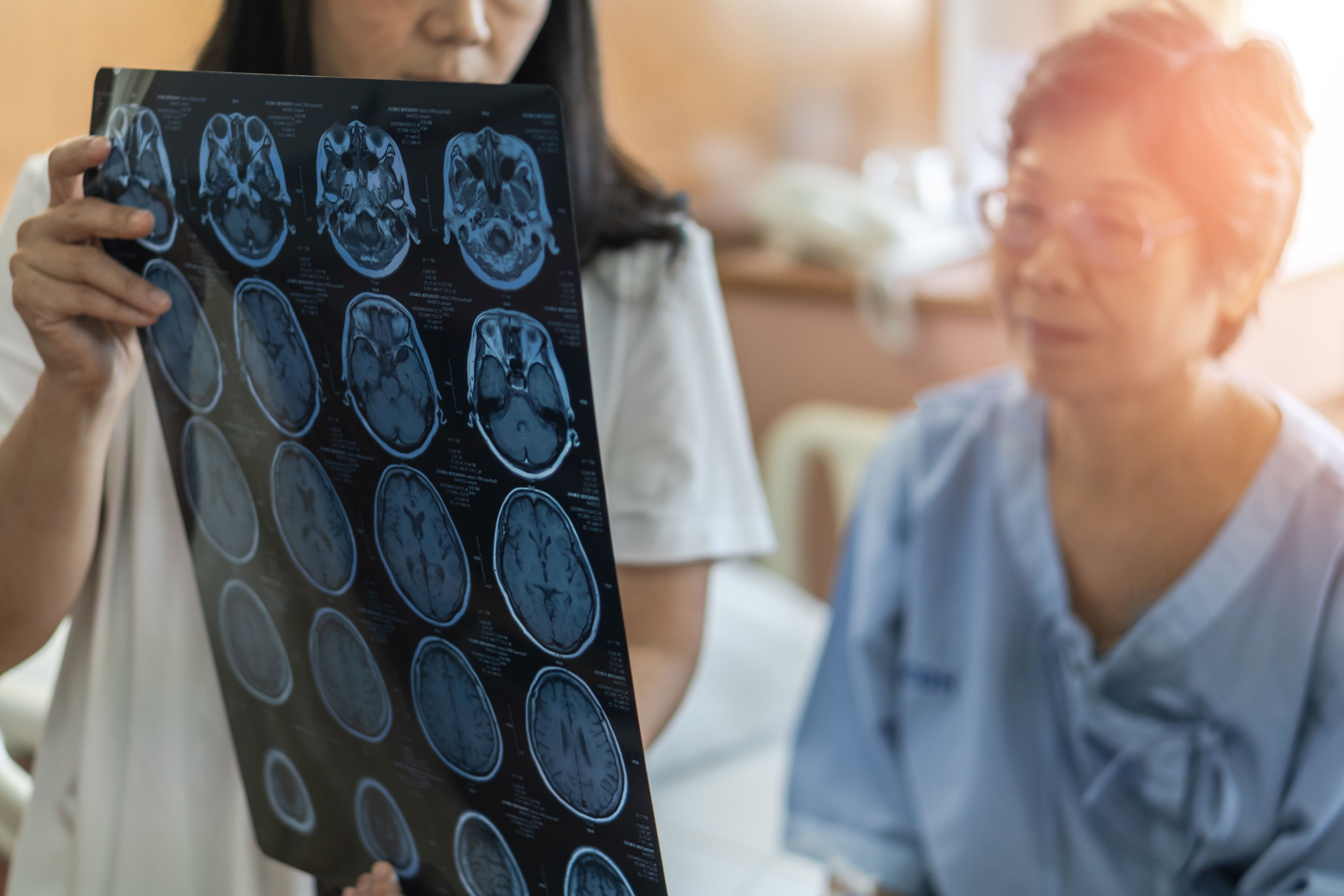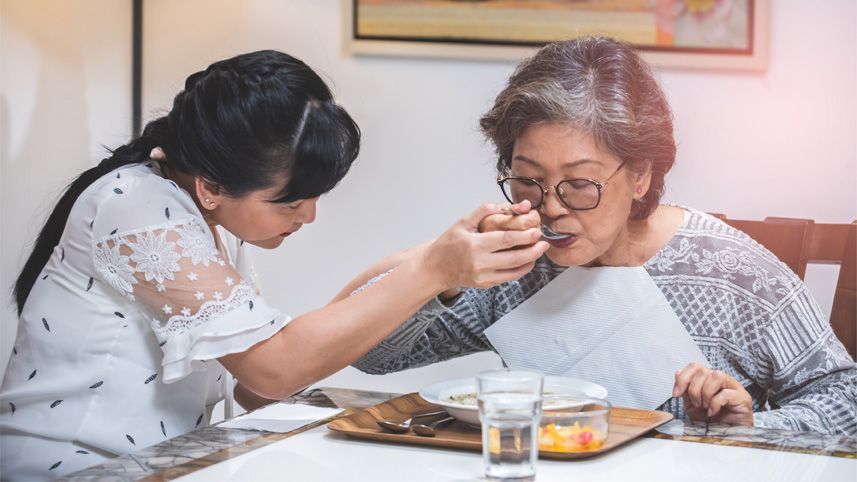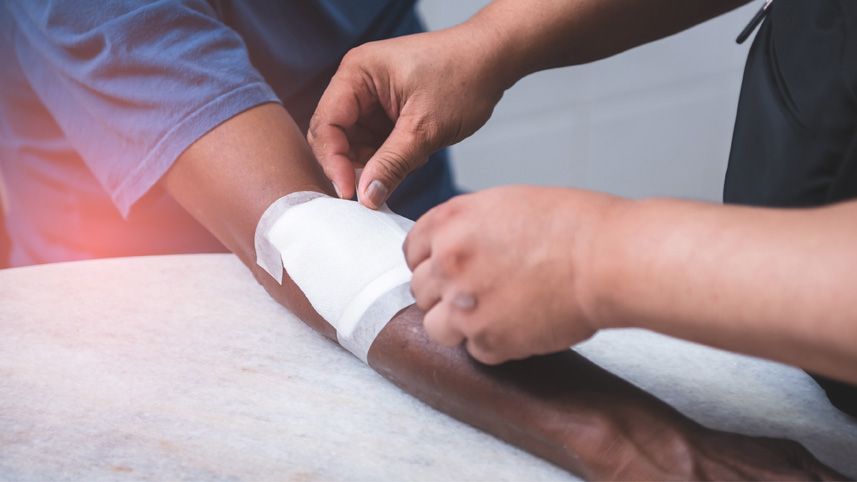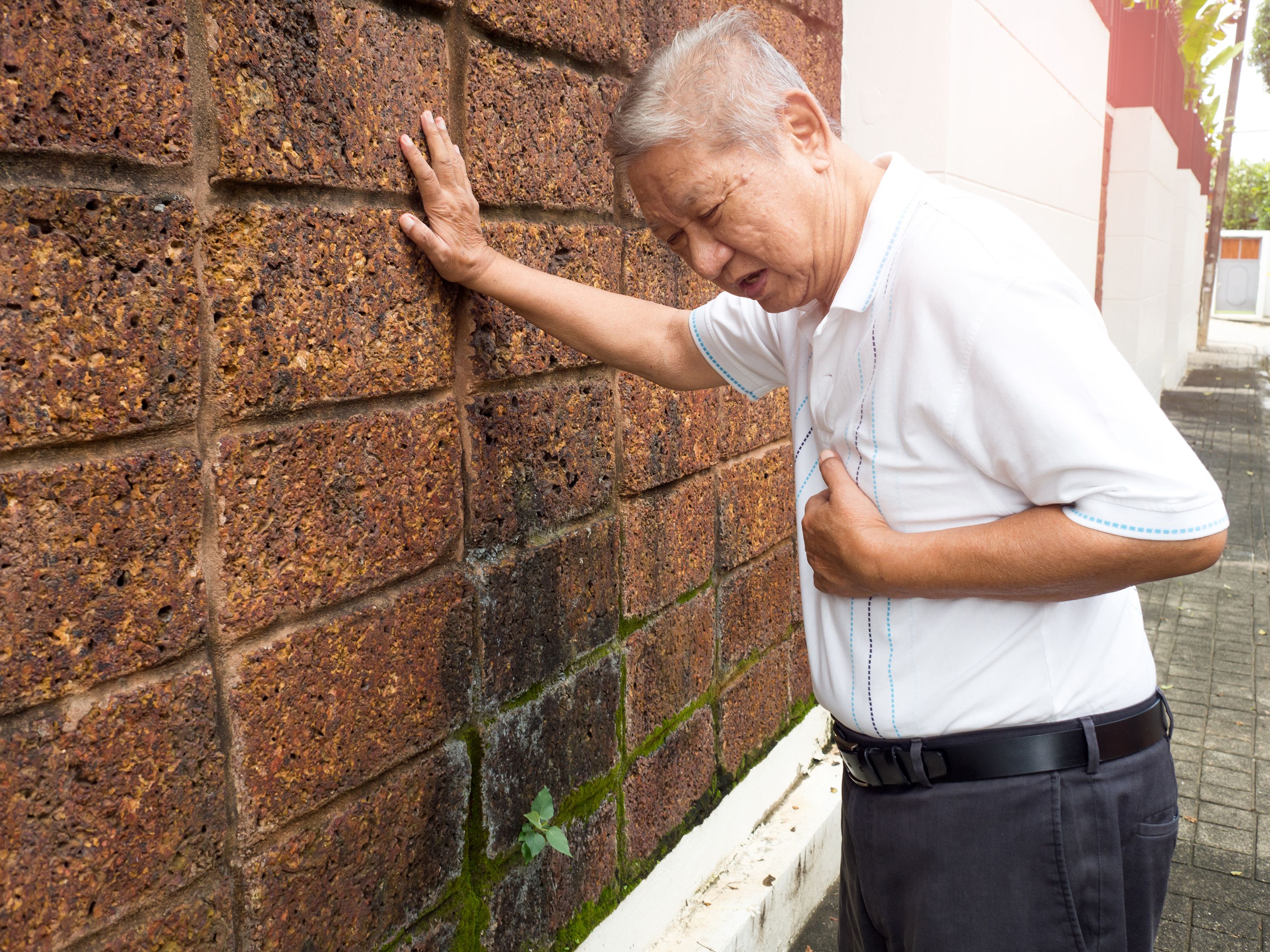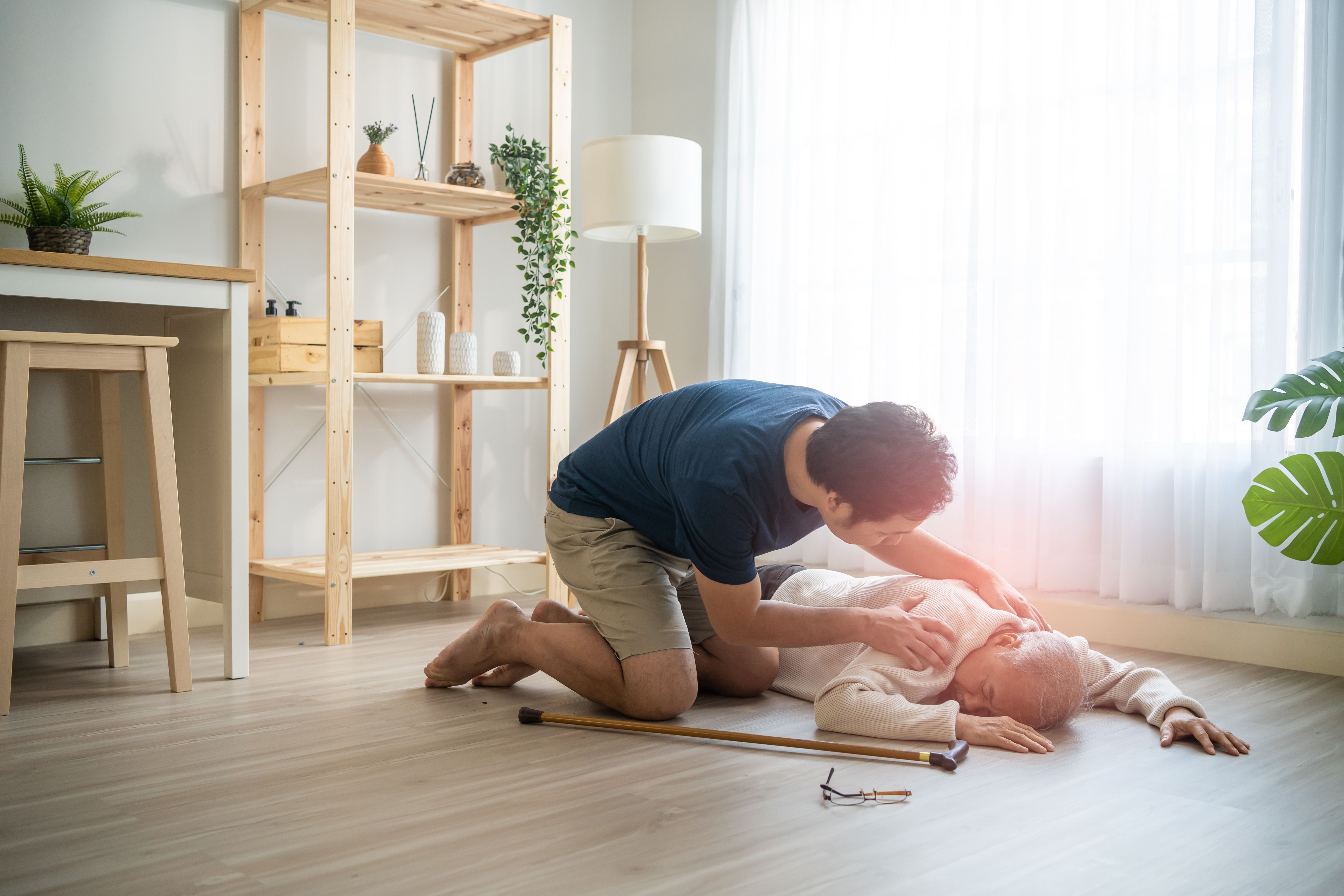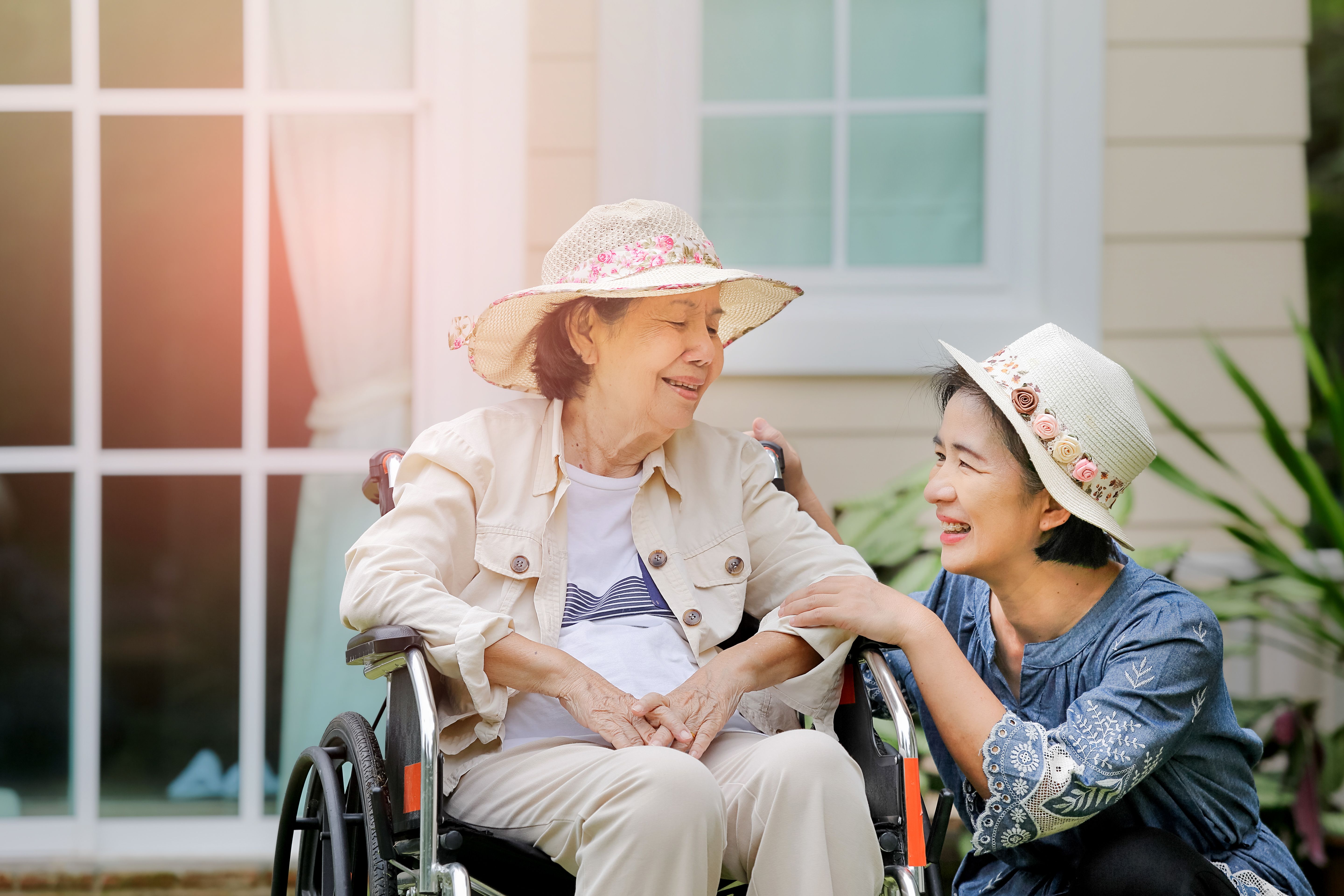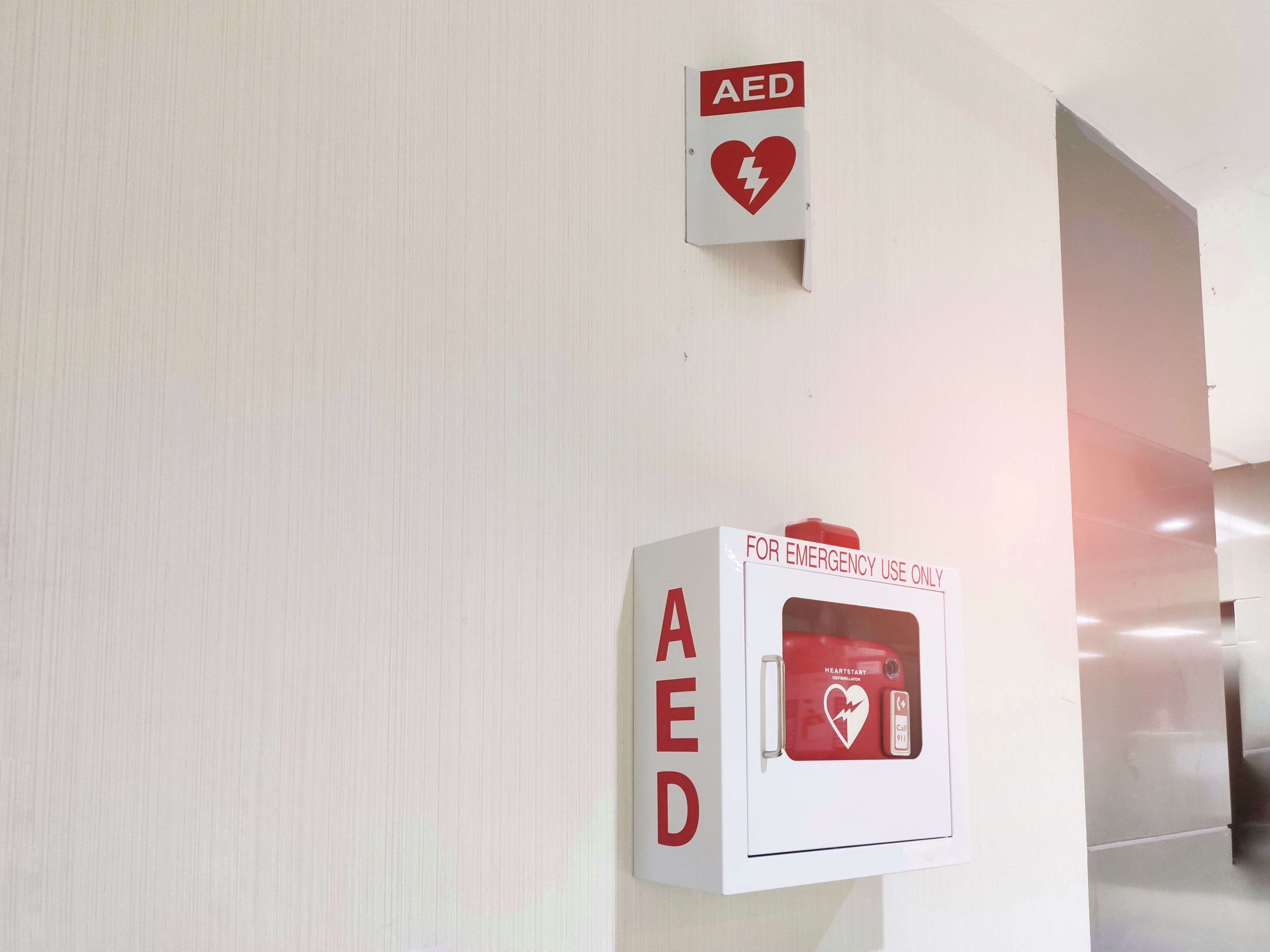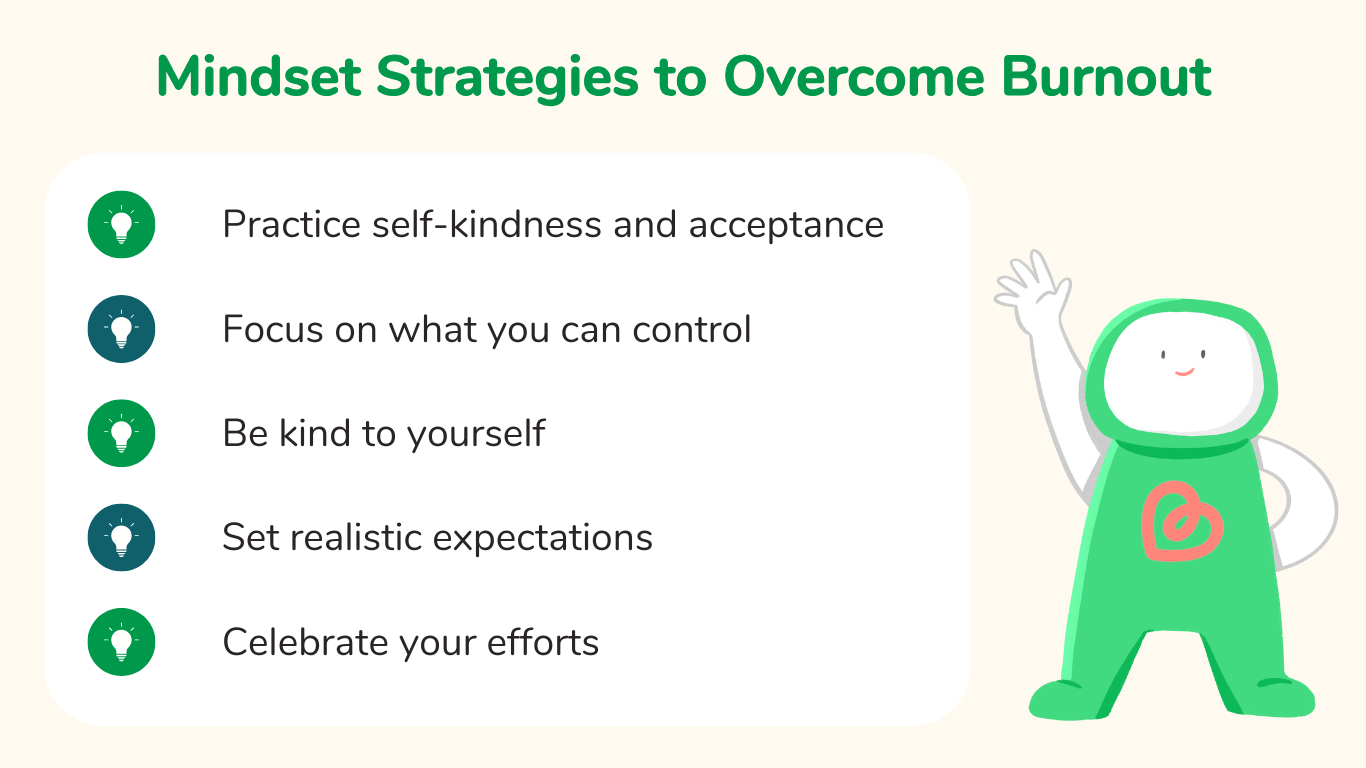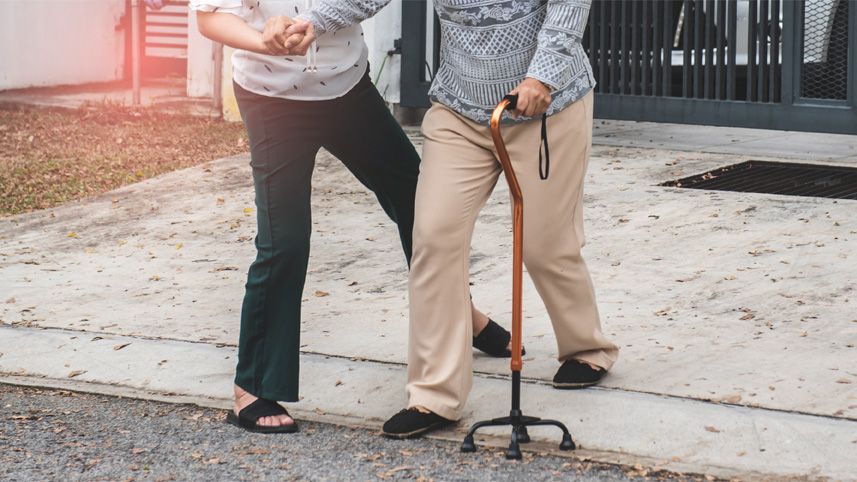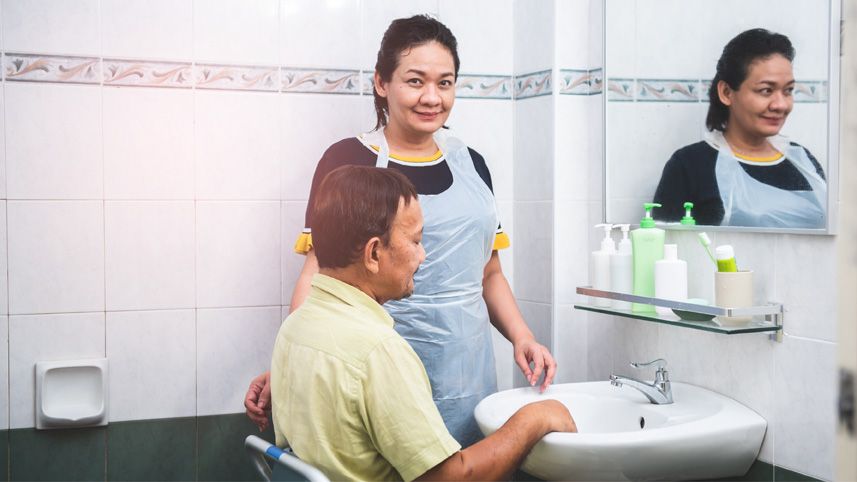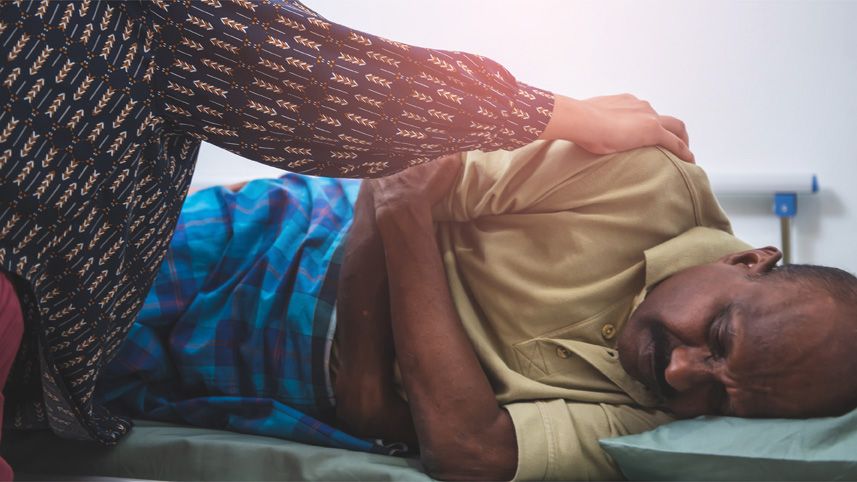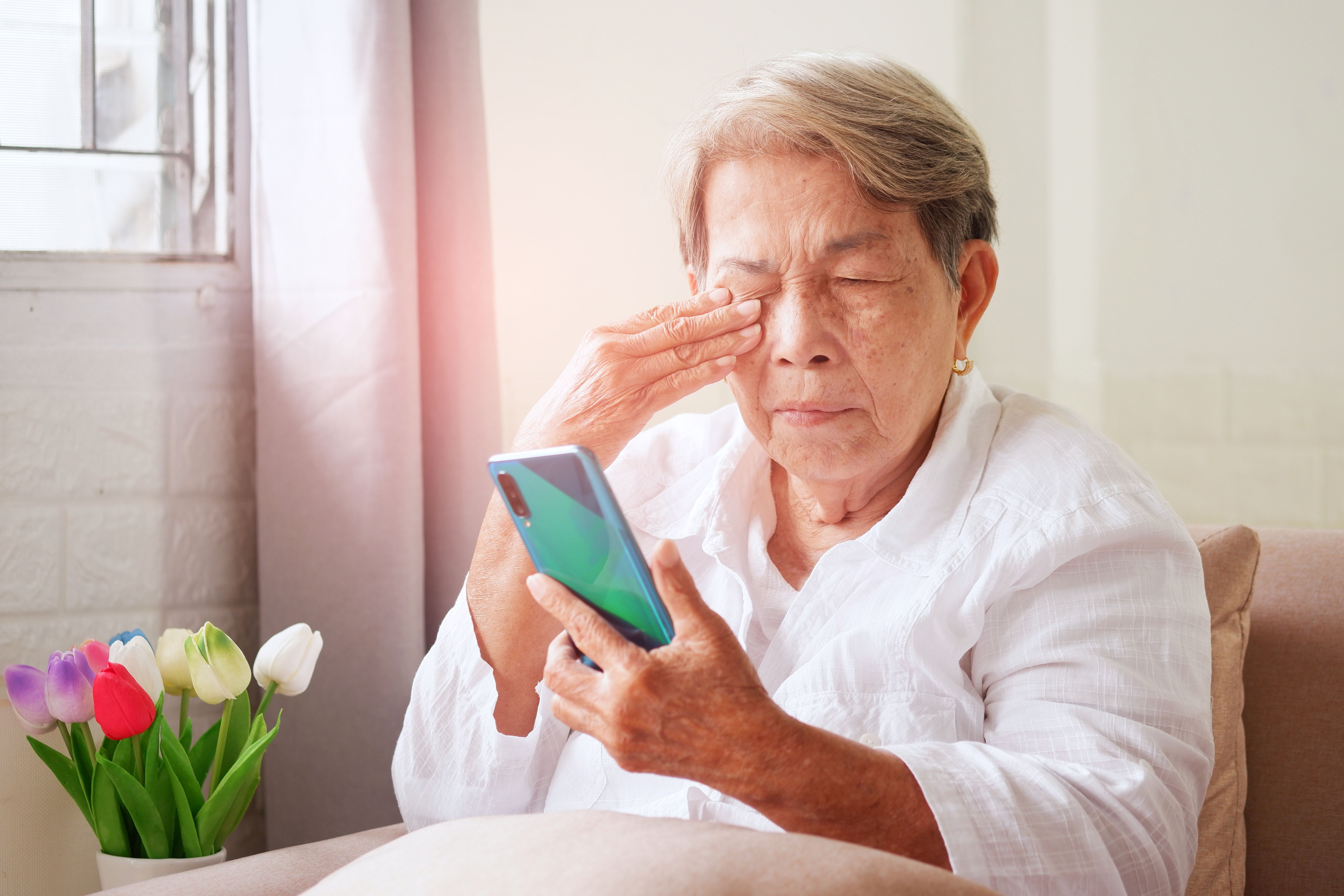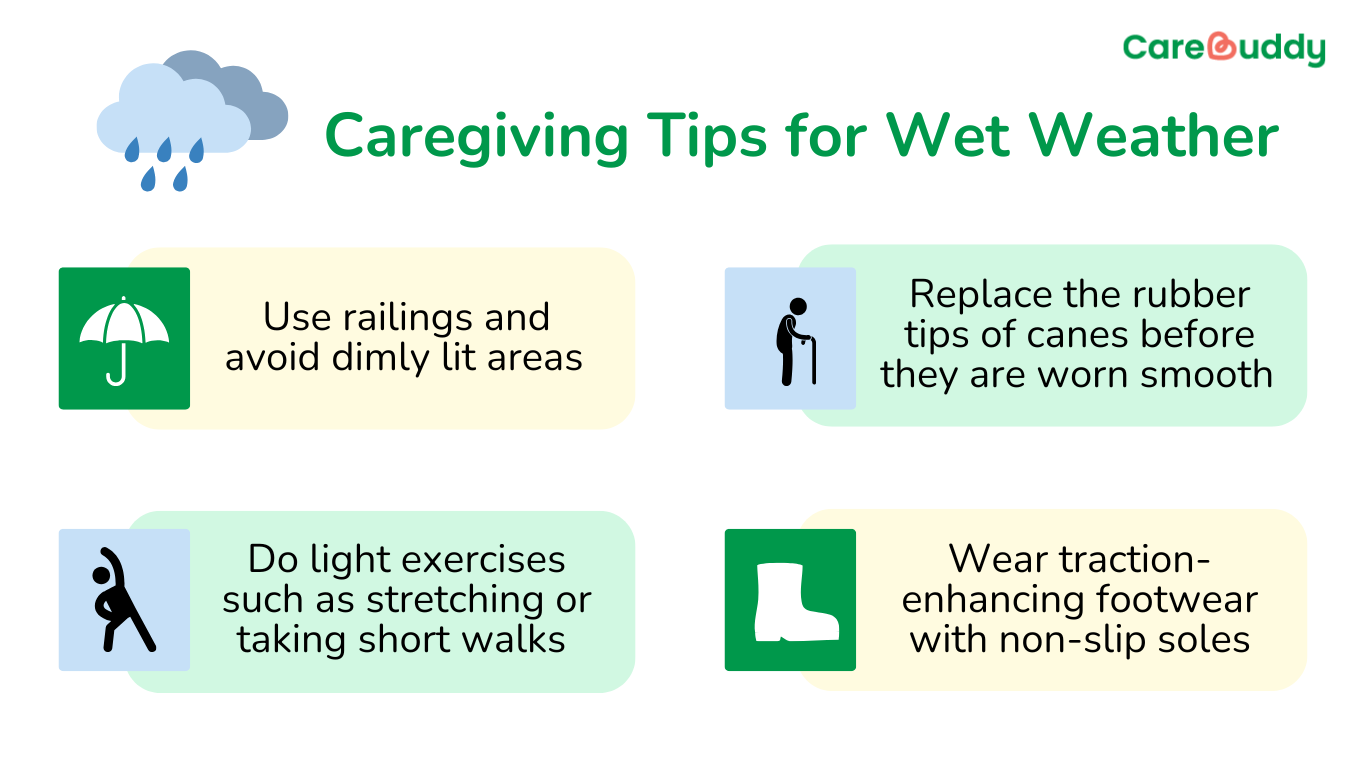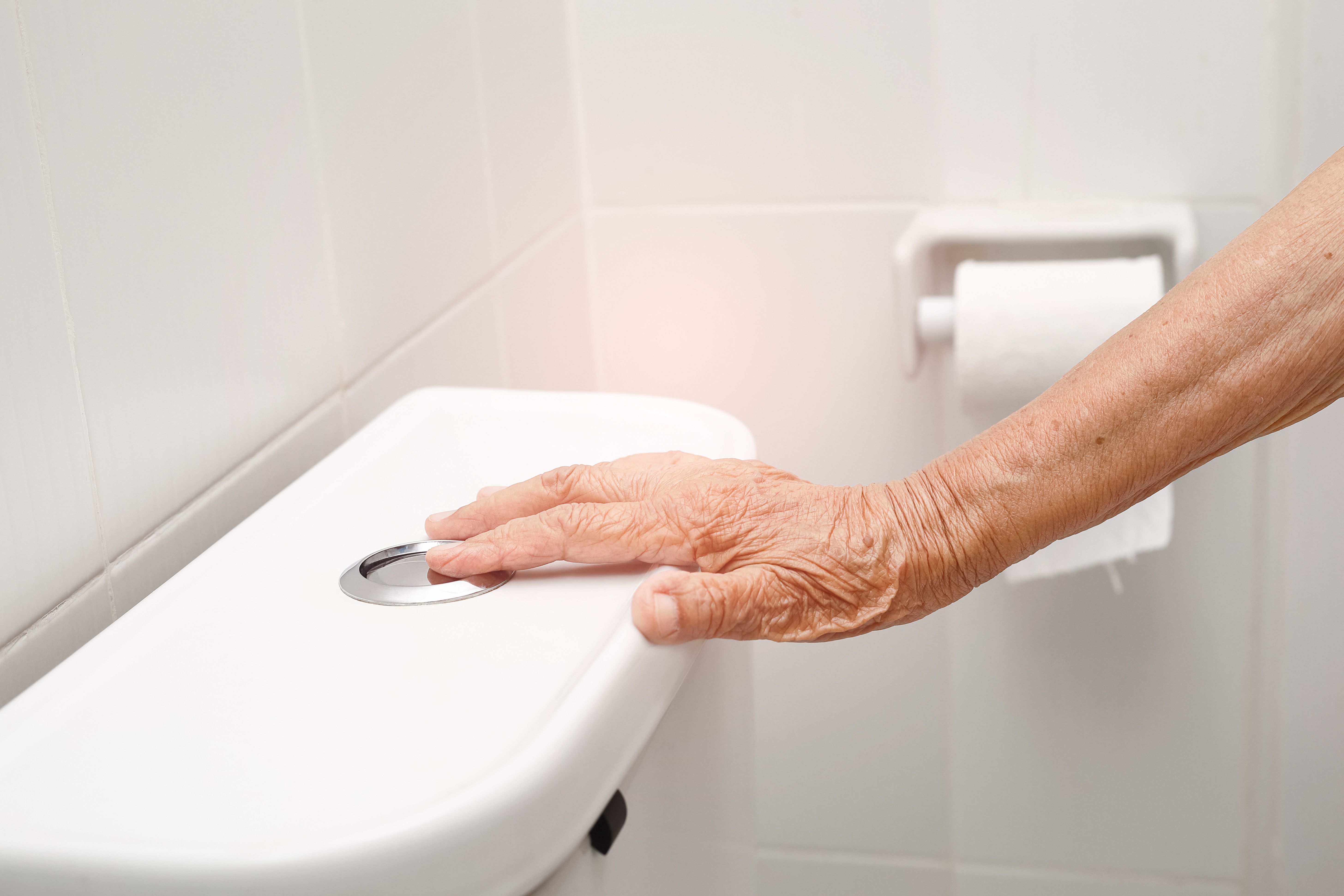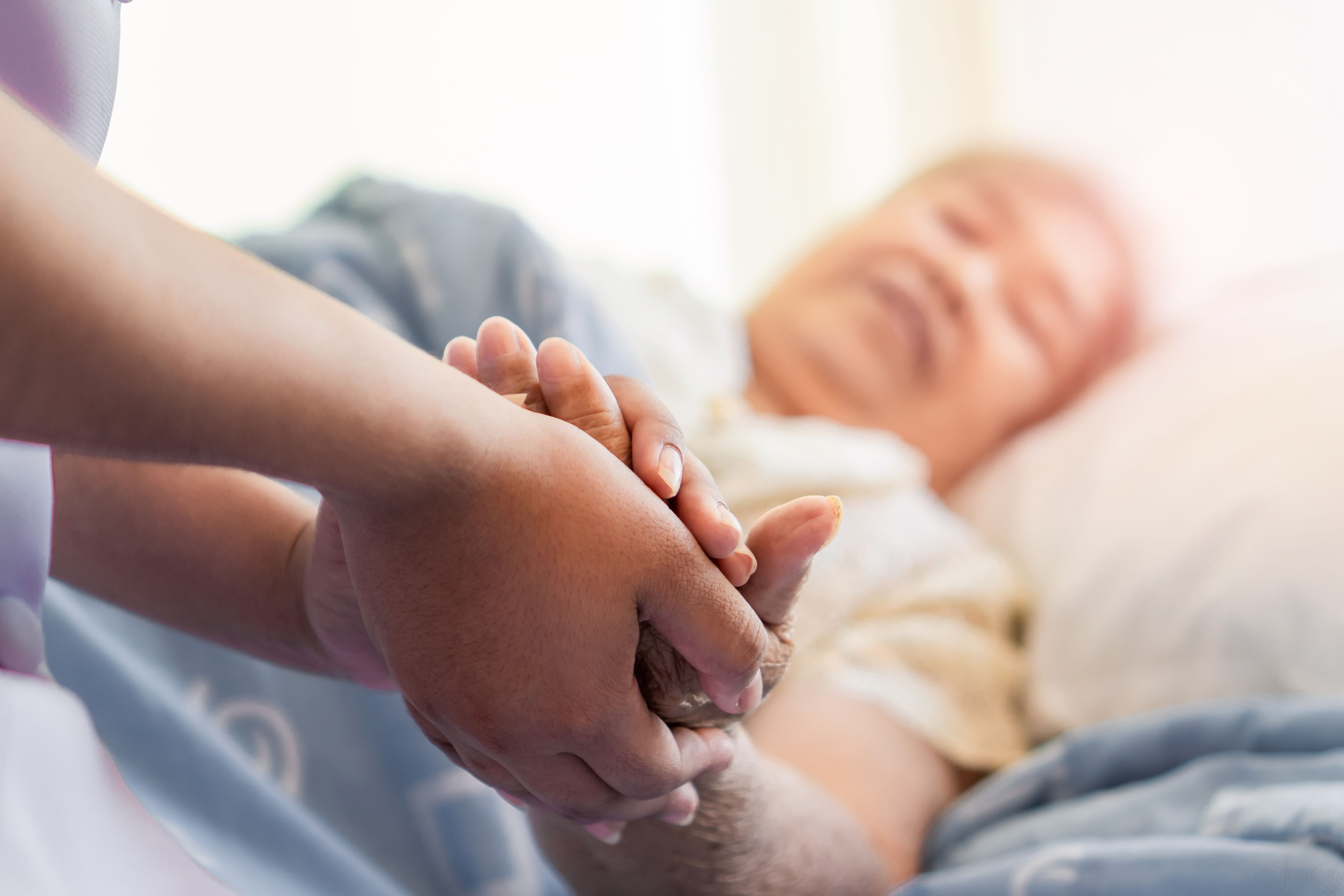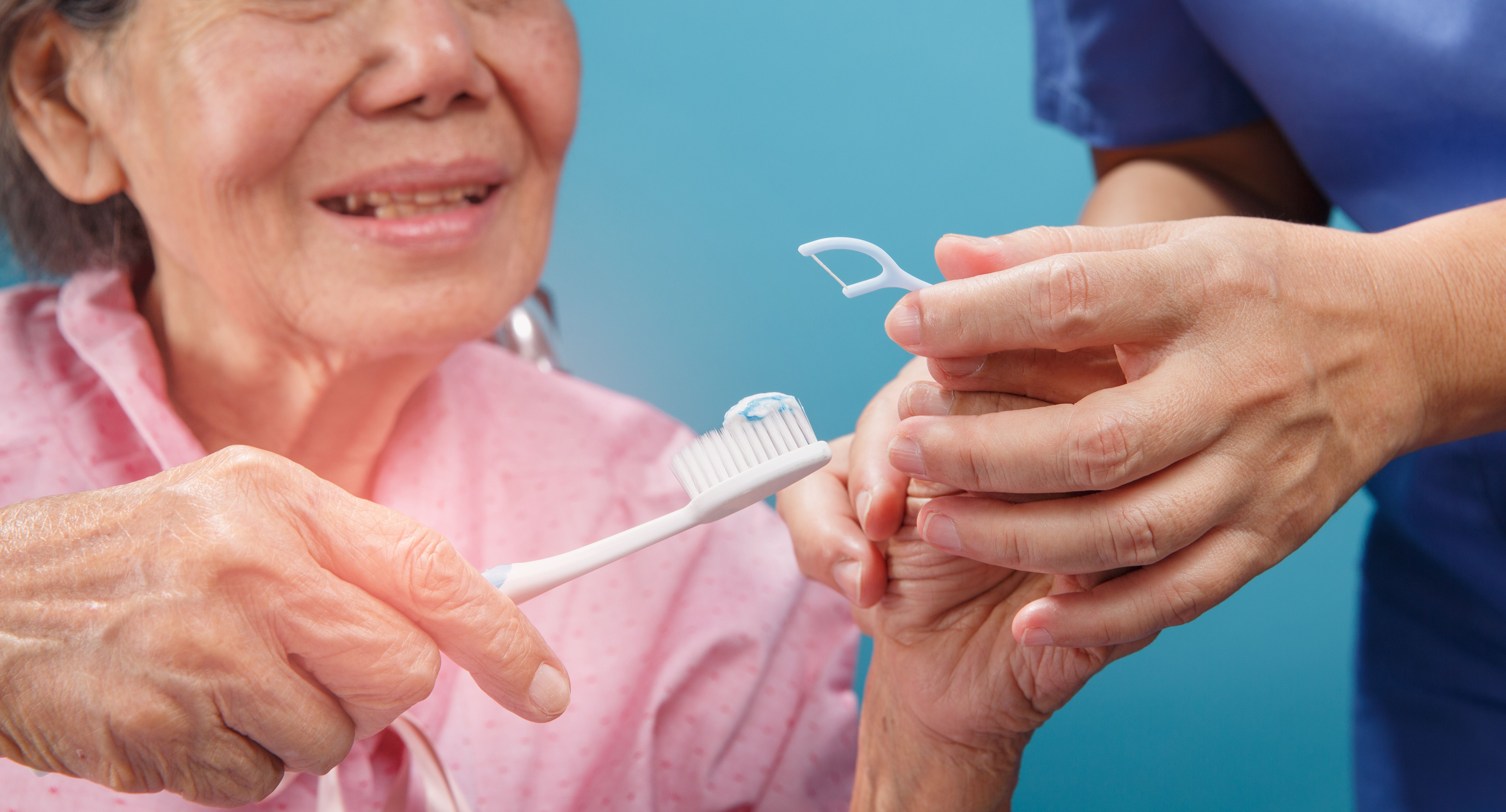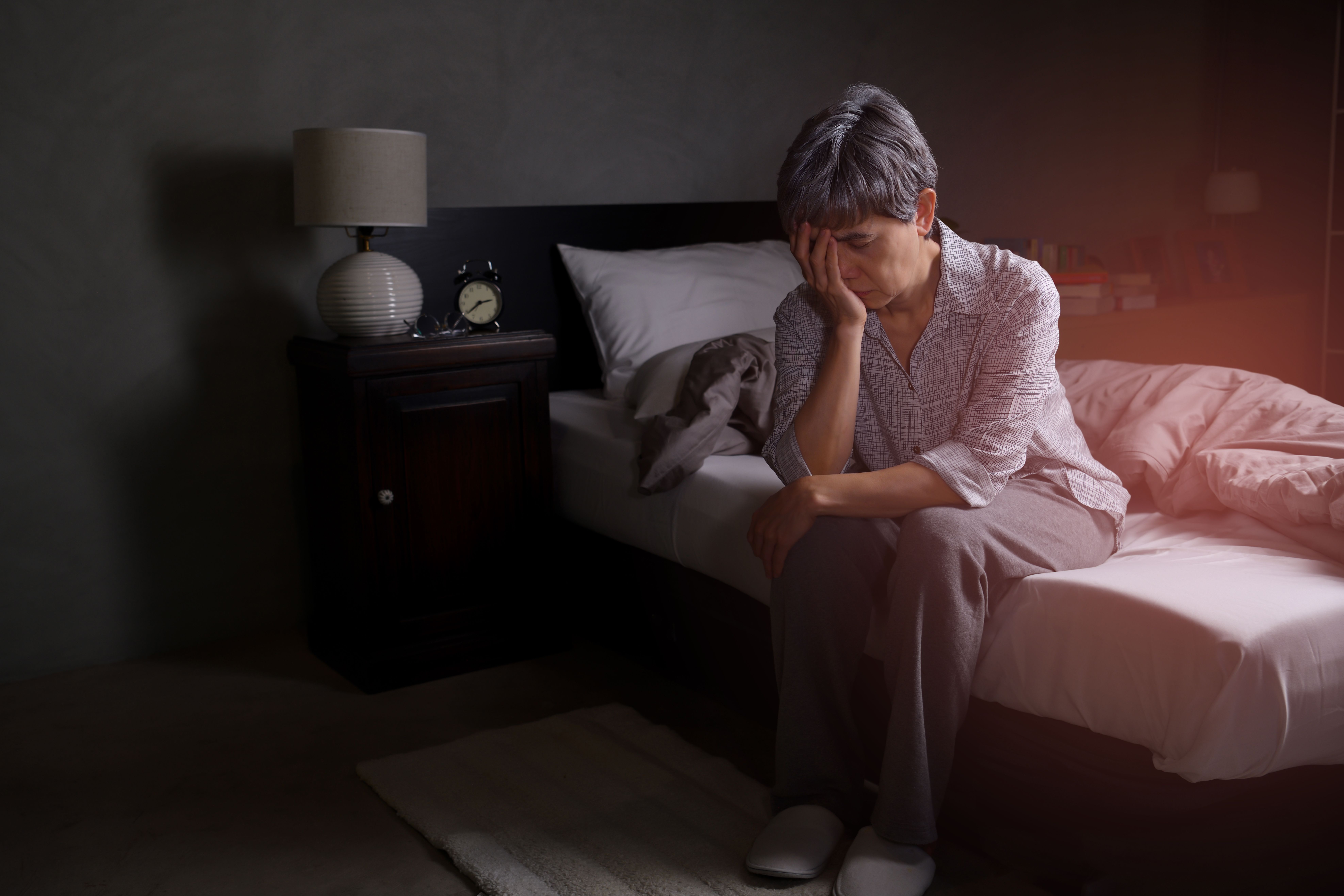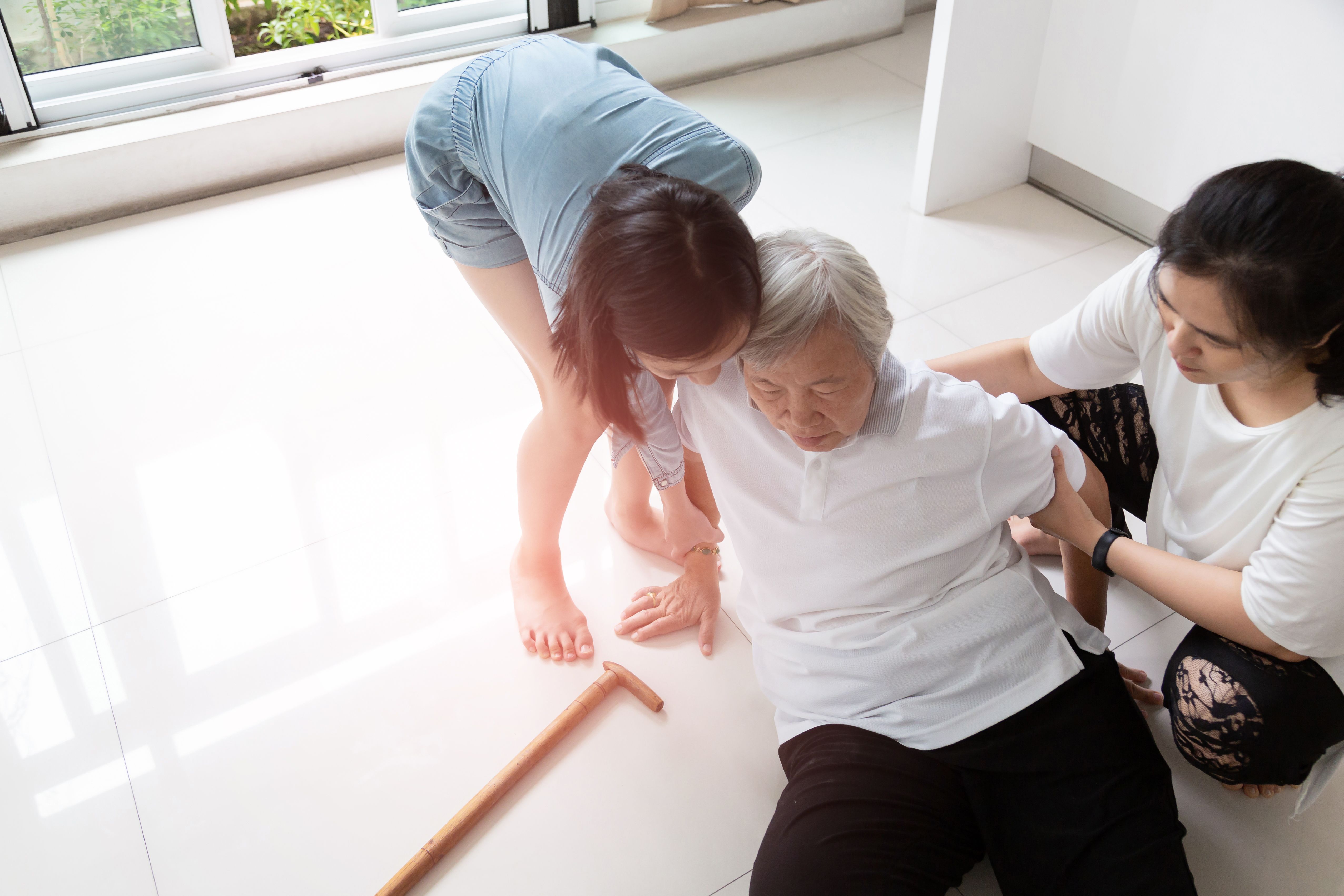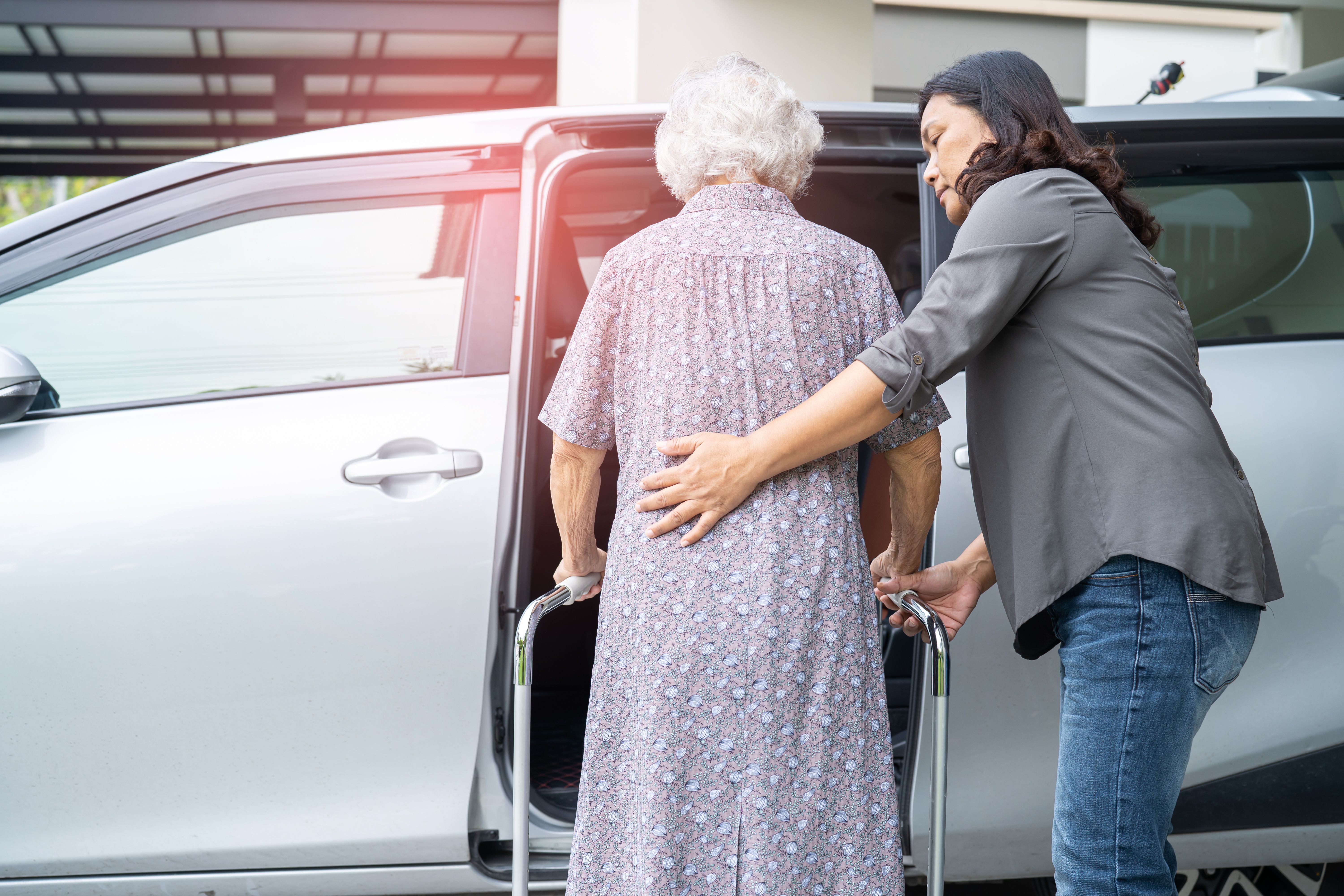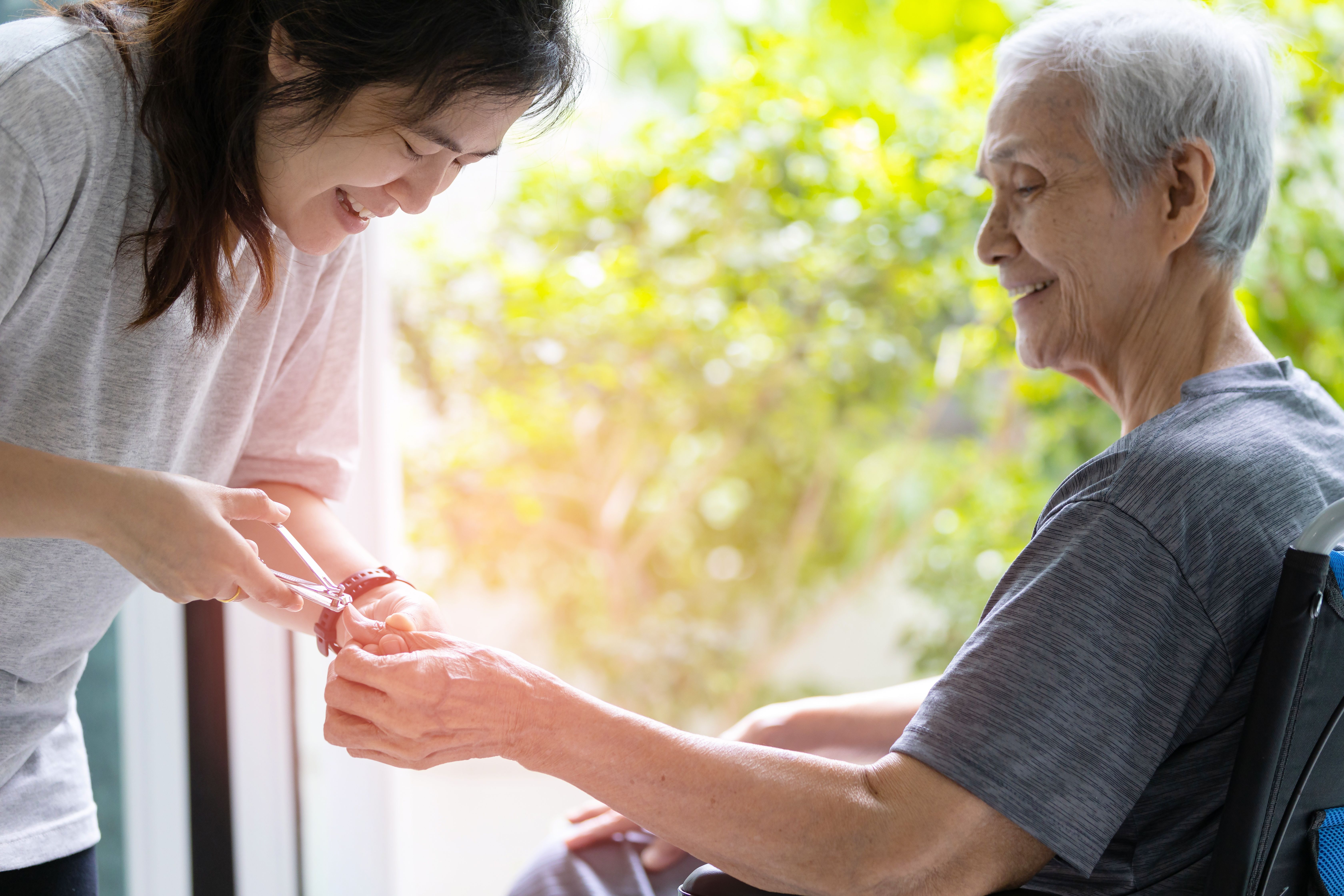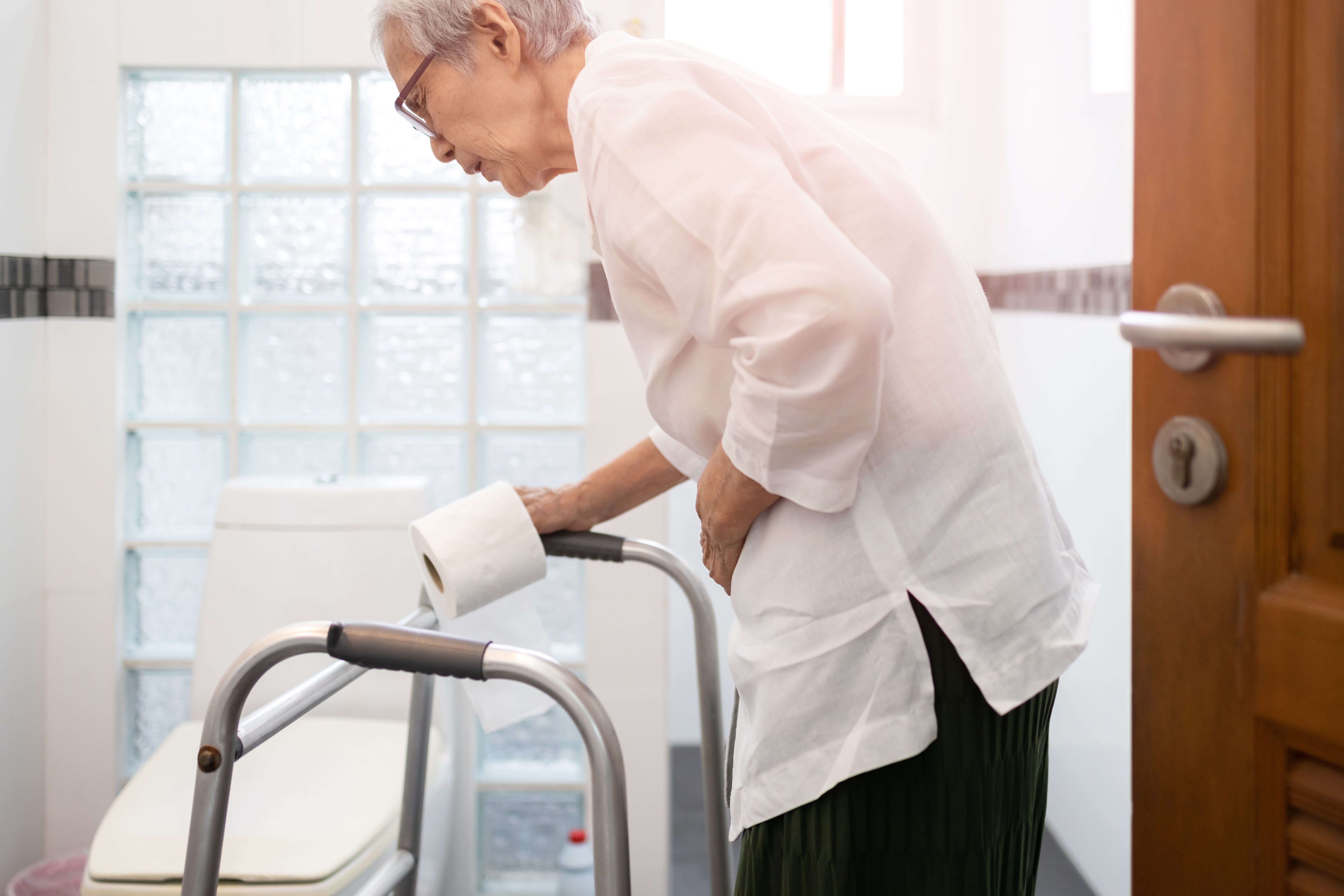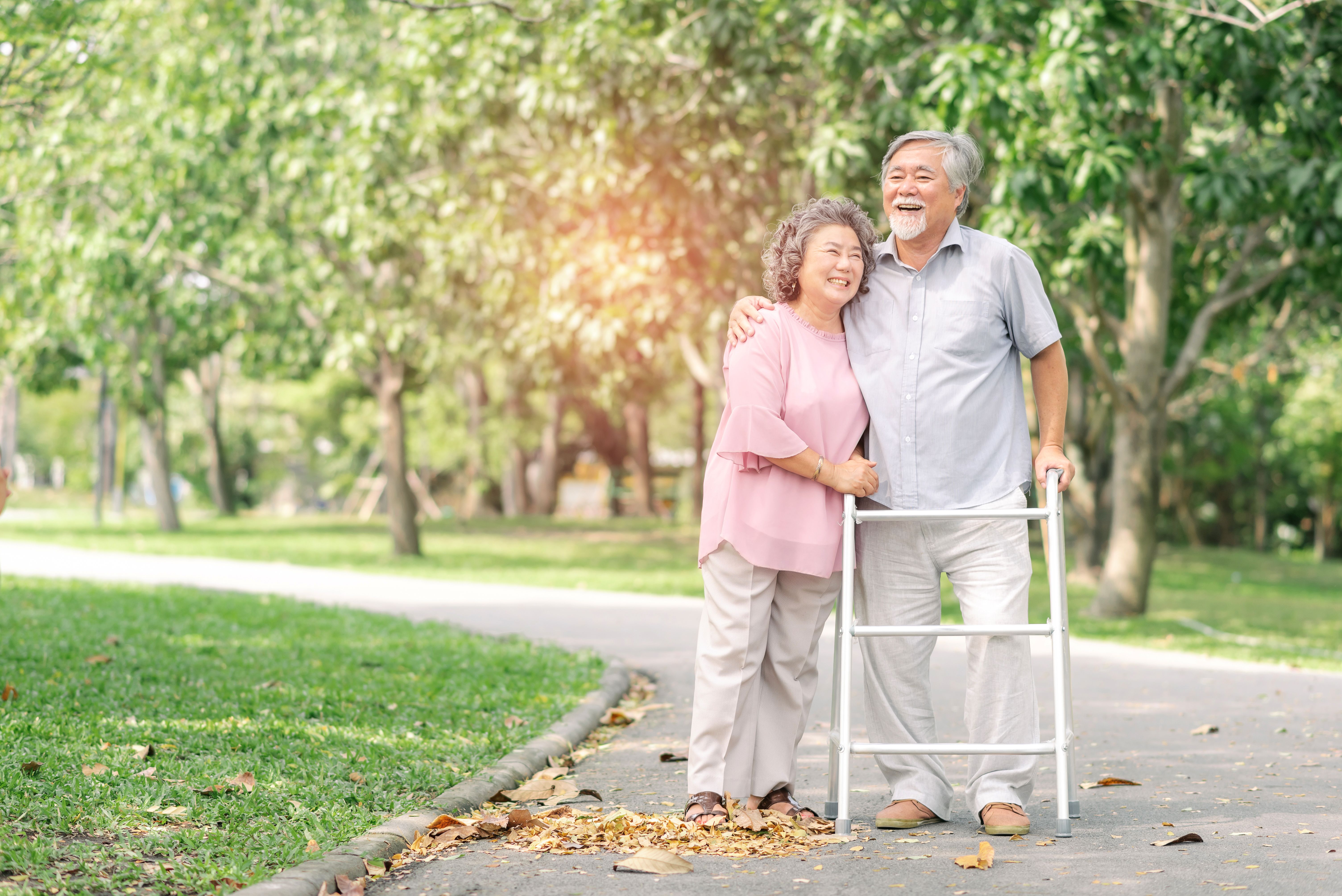When joints get old: Arthritis and how to care for it
- CareBuddy
- 4 Mins Read
- 28 Jul 2022
- Elderly Care
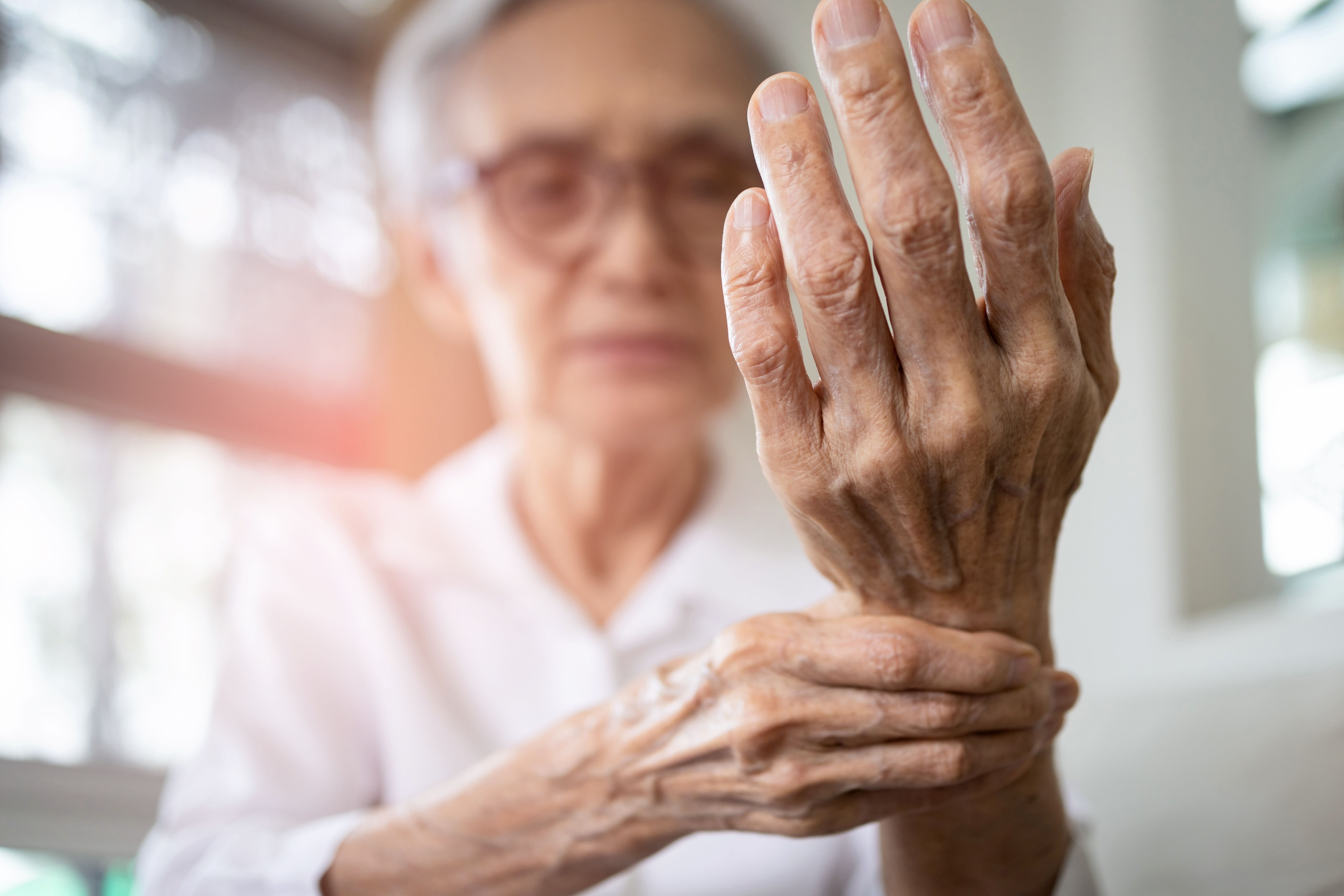
Arthritis is a range of conditions in which a care receiver’s joints degenerate, causing swelling, pain and stiffness. It can affect us at any age, but it’s particularly common in older people, so if you’re caring for an elderly care receiver, it’s something to watch out for.
Commonly affected parts of the body
- Knees
- Ankles
- Back
- Hips
- Hands
Common joint problems
Osteoarthritis: Caused by wear and tear of joints, a common issue in older care receivers due to their advanced age. Warning signs that can help us recognise osteoarthritis in a care receiver include
- Joint pain, stiffness and swelling
- Clicking and popping sounds while bending
- General instability of joints
- Decreased range of motion
Rheumatoid Arthritis: Caused by the immune system mistaking healthy joint tissue for foreign bodies and attacking them. Its warning signs include
- Pain and aches in more than one joint
- Stiffness and swelling in multiple joints
- Reduced or unstable mobility
- Joint deformity
- General weakness, tiredness and unease
Gout: Caused by uric acid crystals forming in the joints. Its symptoms include
- Redness and warmth at the joint affected during a flare-up
- Pain and swelling around the joints
- Affected area is unable to tolerate anything touching it
If you suspect that you or a loved one could be experiencing any form of arthritis, seek a doctor’s opinion immediately. Doctors can use techniques such as clinical examination, blood tests, X-rays, Computerised Tomography (CT) and Magnetic Resonance Imaging (MRI) to diagnose arthritis.
Treatment for arthritis
Medication
- Anti-inflammatory drugs relieve pain and inflammation
- Corticosteroids reduce pain and inflammation
- Anti-rheumatic drugs that slow down the spread of rheumatoid arthritis
Physiotherapy (also known as Physical Therapy) can improve
- Strength of joints
- Mobility of joints
- Body posture
- Ability to use assistive devices such as walkers and canes
- Overall ability to perform daily activities
Surgery
- Joint Repair: Smoothen or realign joint surfaces to reduce pain and improve function.
- Joint Replacement: Remove the damaged joint and replacing it with a new one. Commonly done on hips and knees.
- Joint Fusion: Locking two ends of bones together until they fuse into one unit.
The role of caregivers when a care receiver has arthritis
- Physically assist the care receiver with their movements such as walking and climbing stairs.
- Help them understand their condition and treatment plans.
- Keep track of their medication and appointments.
- Manage their day-to-day nutrition and ensure they eat healthily.
- Help them with transportation and commuting.
- Provide financial support if possible.
Arthritis, depending on the cause, can be a difficult condition to manage as it usually progresses with time. However, the right treatment and caregiver support can ensure that a care receiver with arthritis continues to enjoy a high quality of life.
Article reviewed by Dr Kenneth Koh Eu Min, Medical Director and Co-founder, OneCare Medical.

